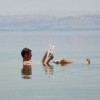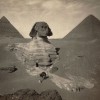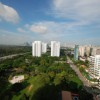After making our way from Kathmandu to Namche Bazar, via Lukla Airport, we decided to spend two nights to explore the surrounding area. On our ‘day off’ from hiking we made the short hike from Namche Bazar to visit the small villages called Kunde and Khumjung where Sir Edmond Hillary first built a school for the local Sherpas at the conclusion of one of his Himalayan climbing expeditions. Through his Himalayan Trust, he would go on to build more schools, hospitals, bridges etc. throughout the wider area for the rest of his life. Sir Edmond is much loved in these parts due to his selfless work, so as a result of his achievements (1st man to climb Mt Everest in 1953 among others) and charity, New Zealanders are also greeted fondly too.
The following day we would depart Namche Bazar and head further up the valley towards Tengboche and Chhukhung. The first major village we encounter after leaving Namche Bazar is the Tengboche Monastery. The Monastery was founded in the 20th century but is already among the most important religious sites for the Sherpa people. It’s not hard to see why as the Monastery sits atop a hill at the confluence of the Dudh Kosi and the Imja Khola rivers, with a clear view of Everest.
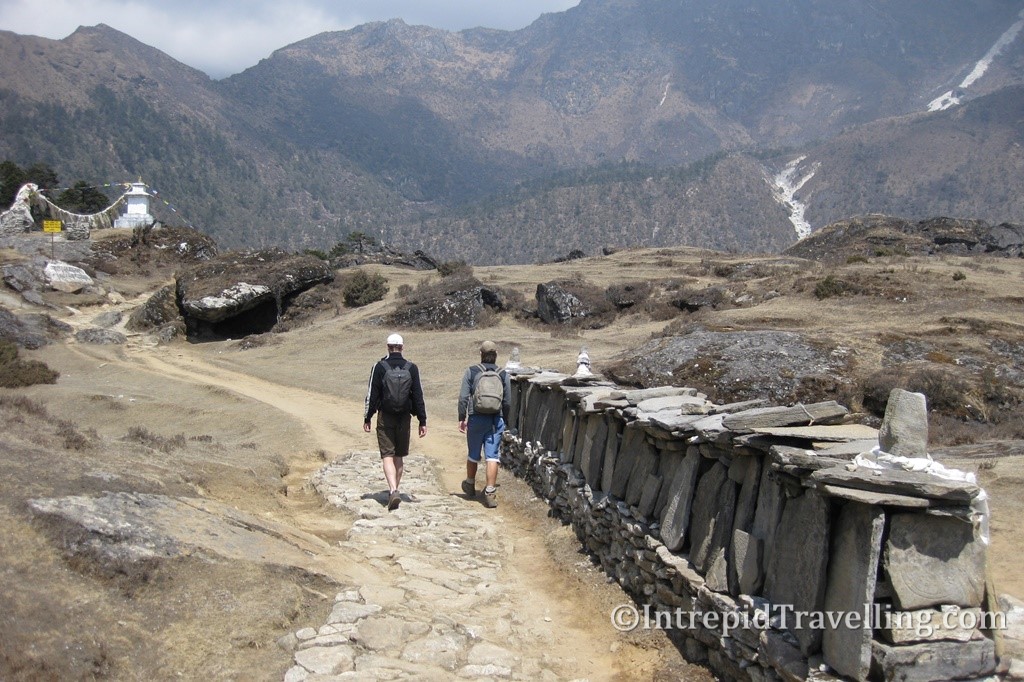
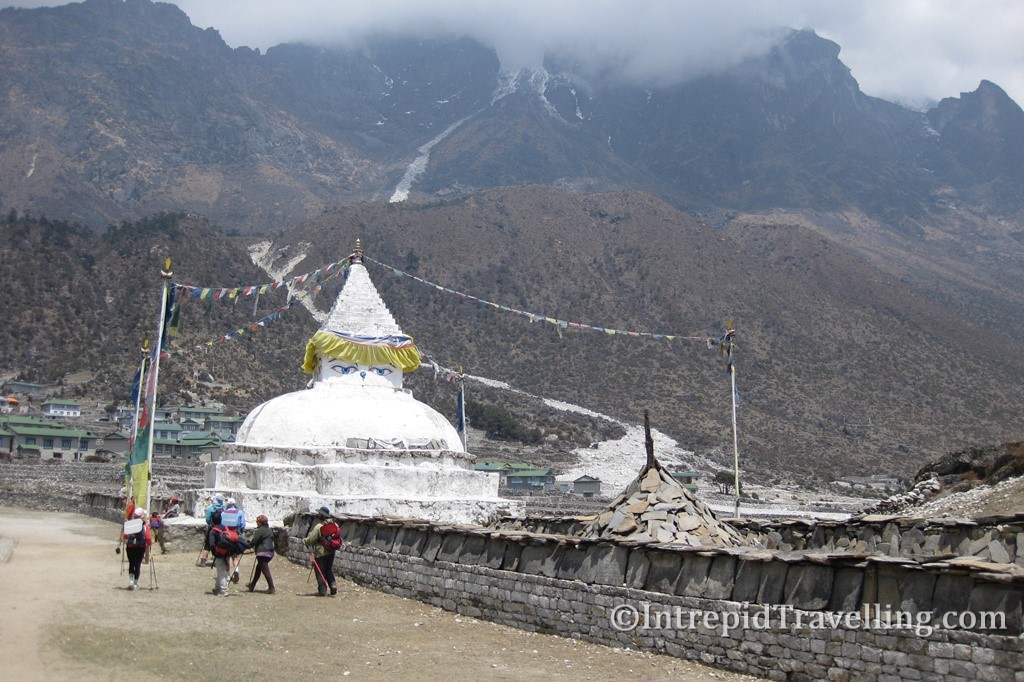
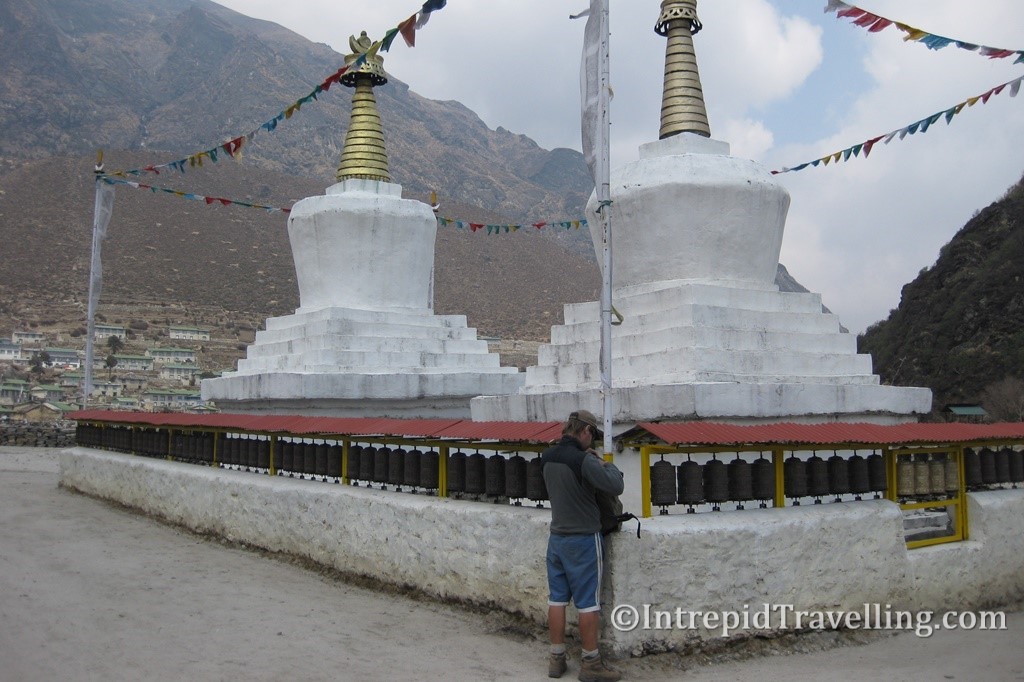
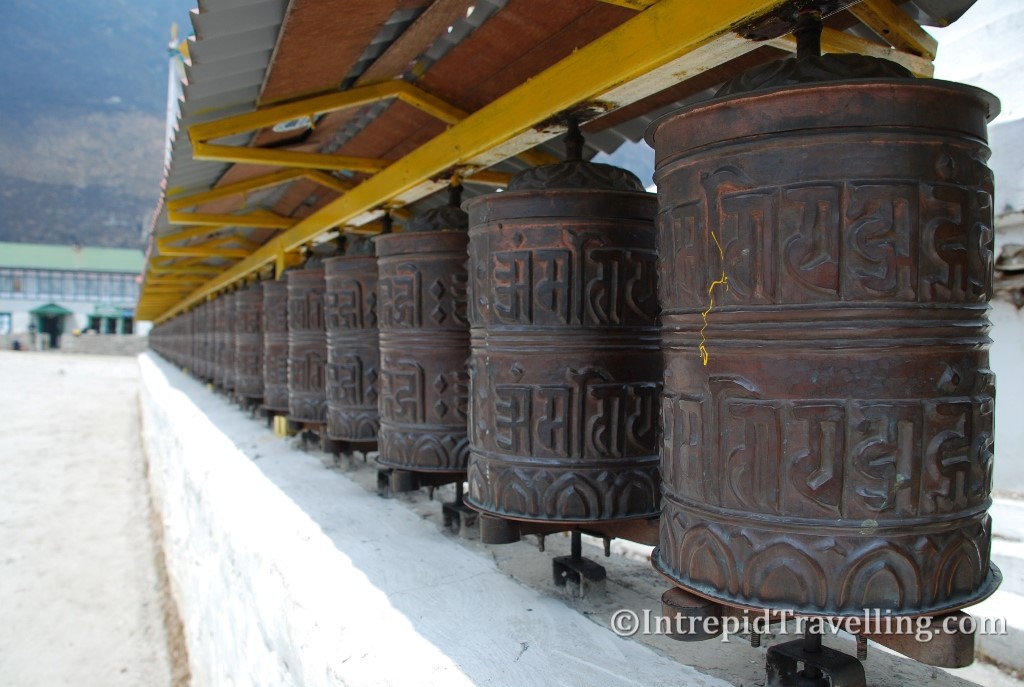
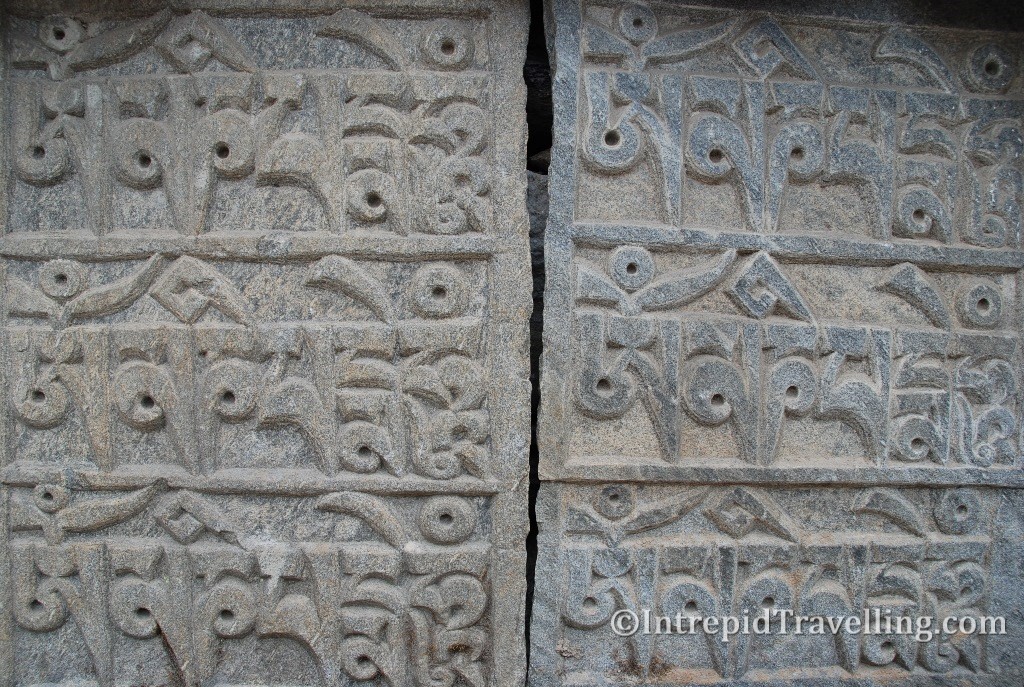
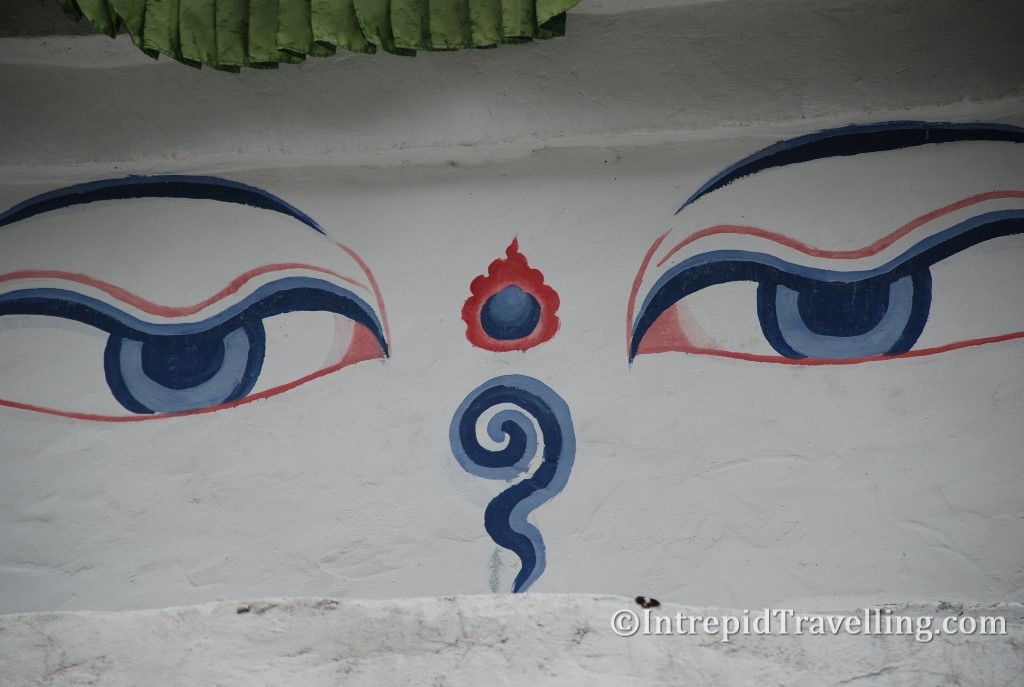
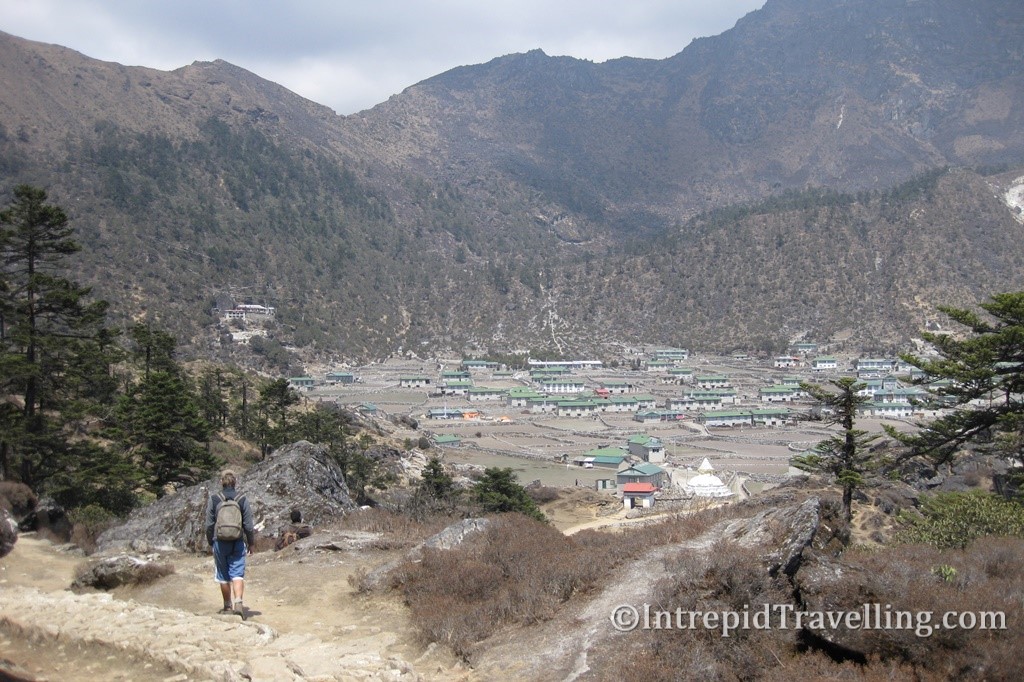
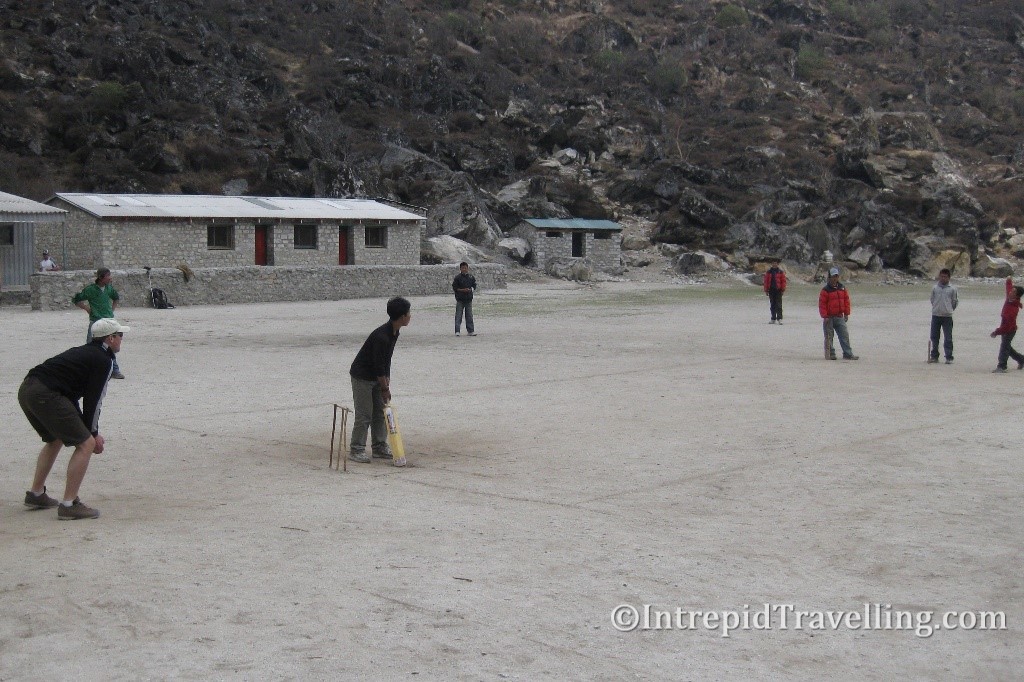
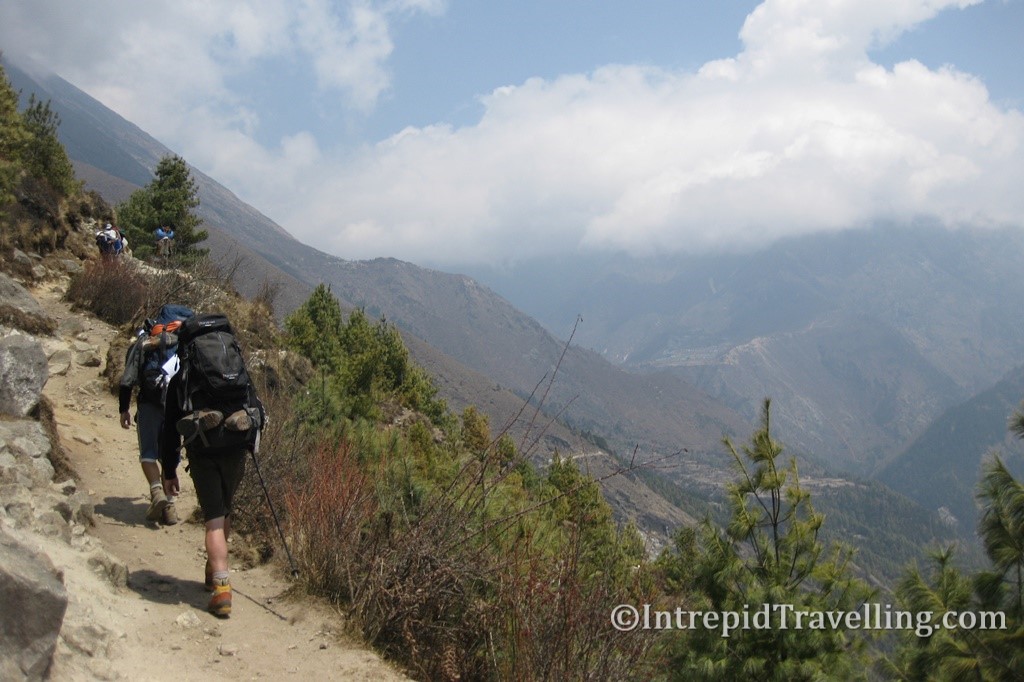
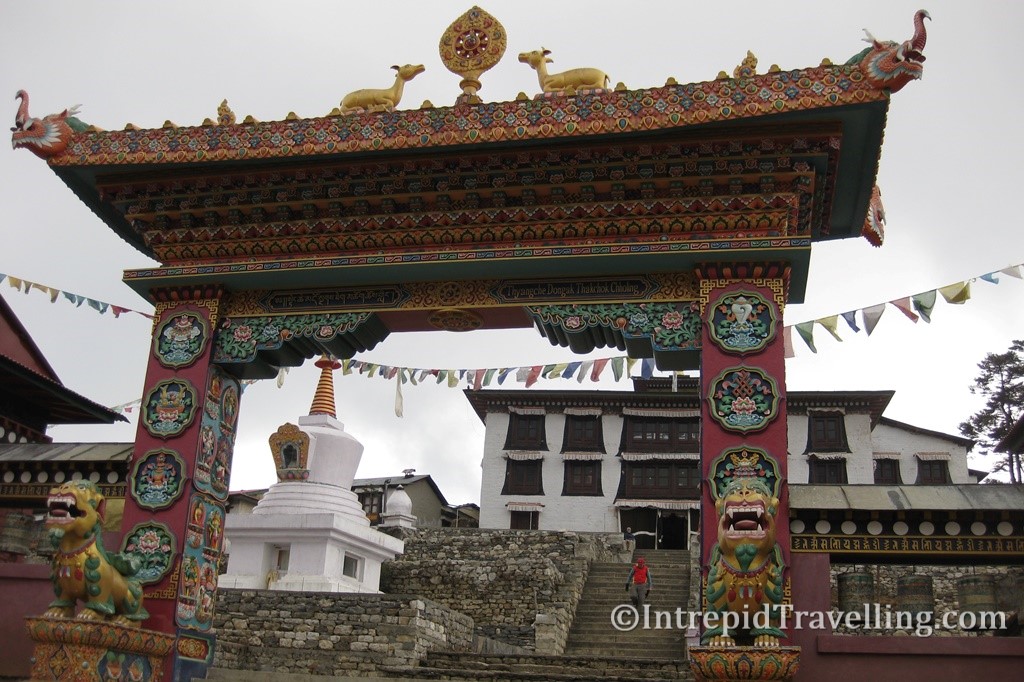
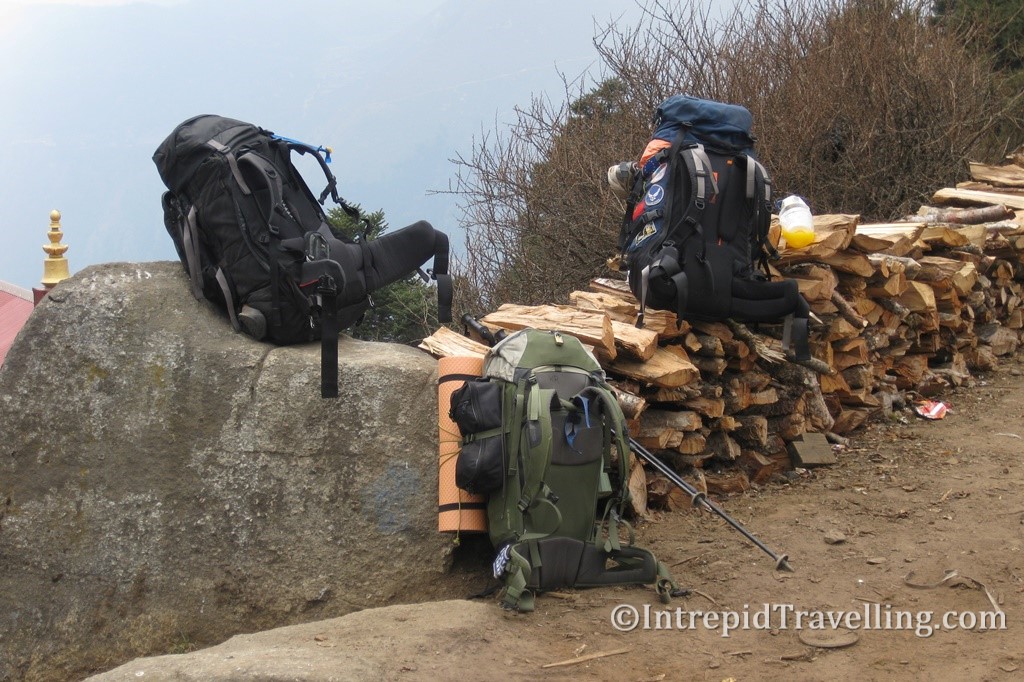
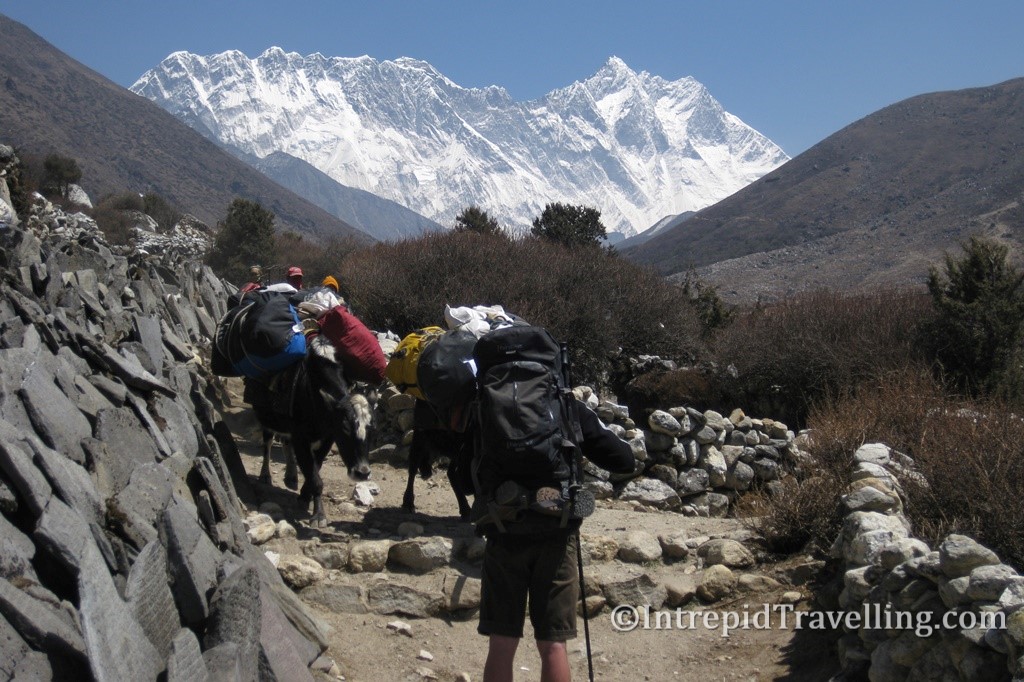
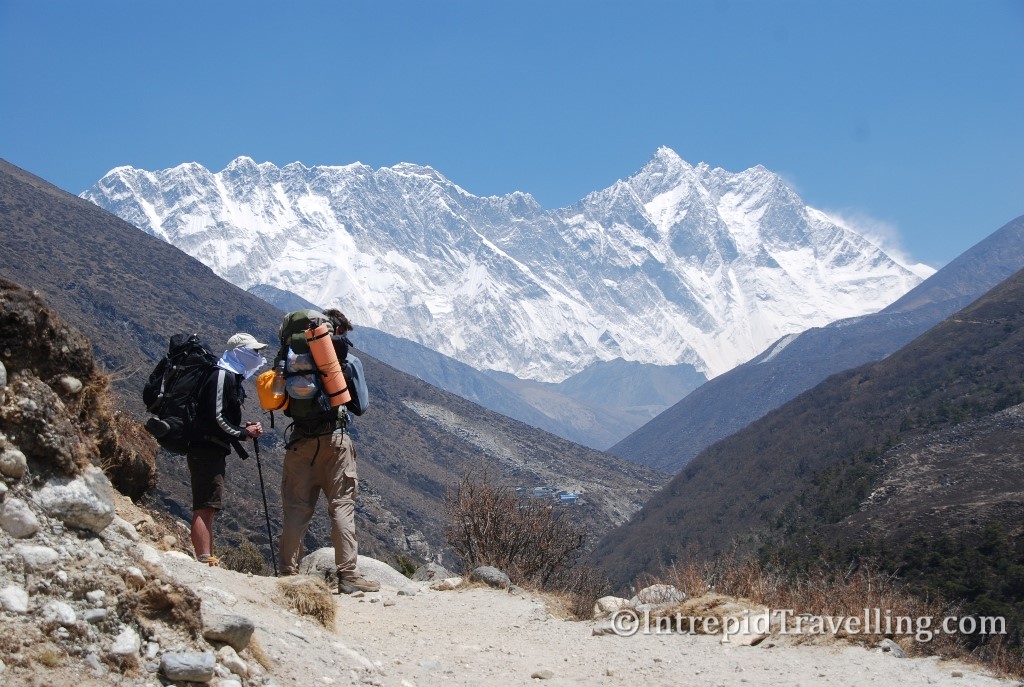
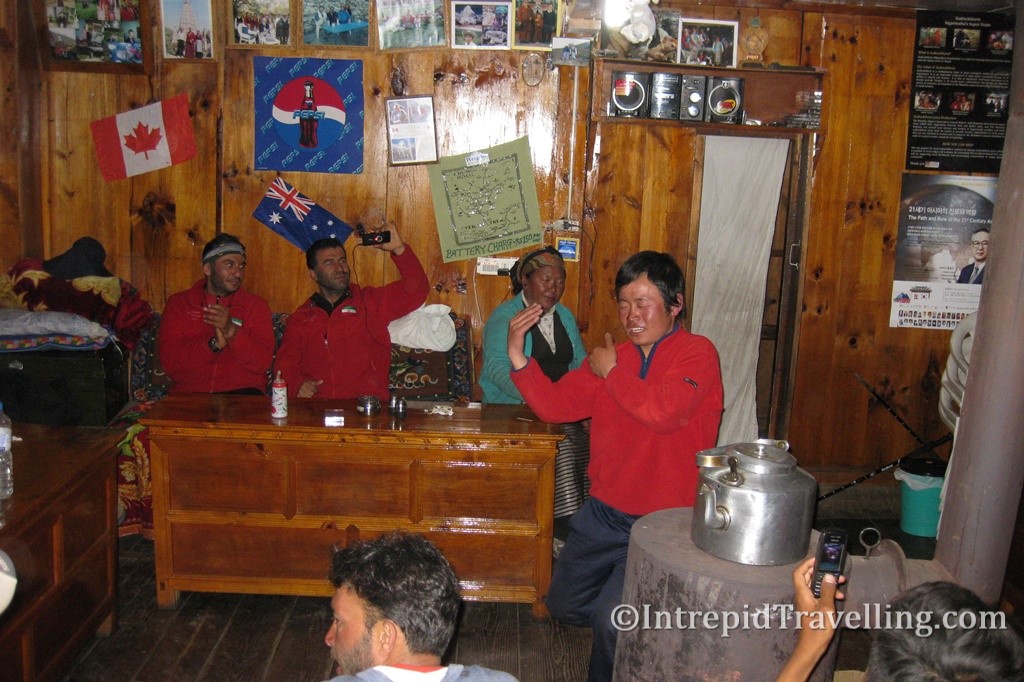
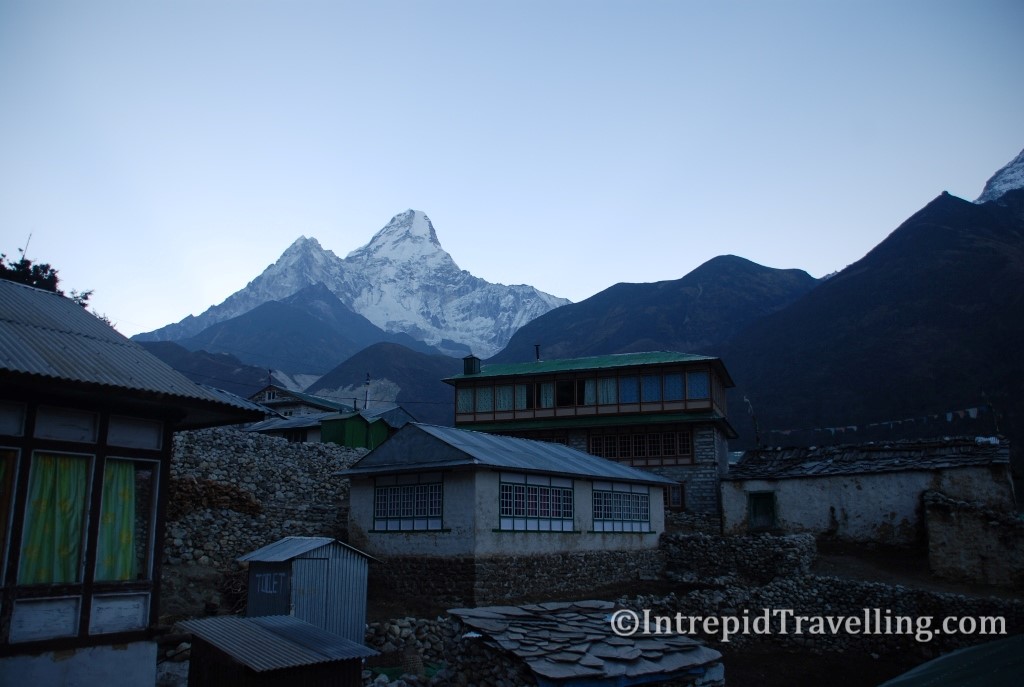
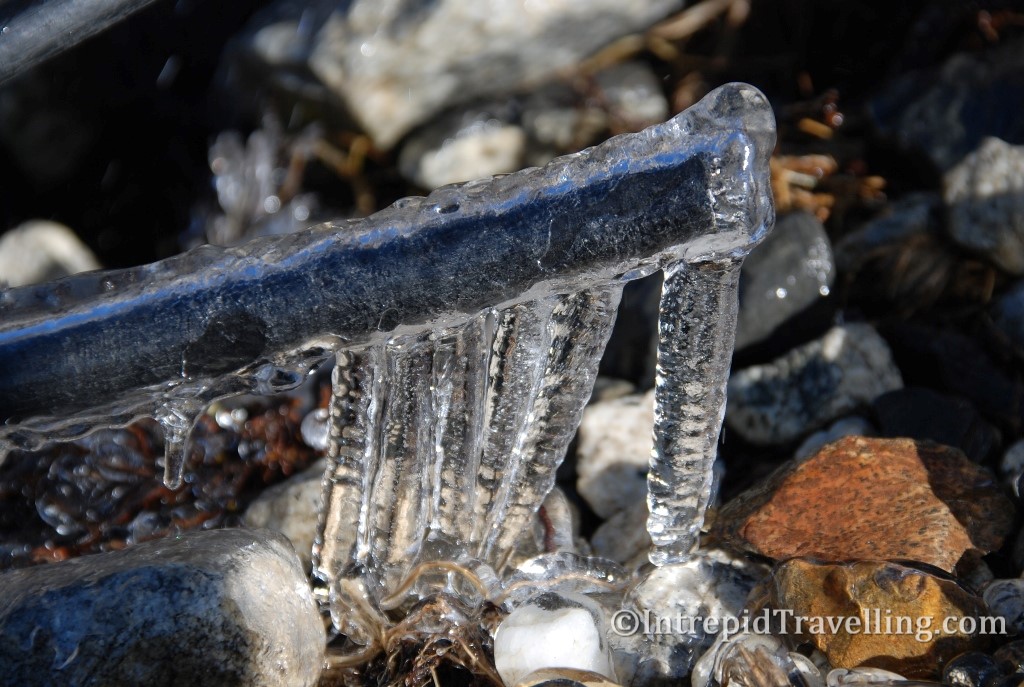
We would pass through several small Sherpa villages along the way, where the teahouses we would stay at were located. I was intrigued to observe builders and carpenters at work who still use tradition methods of construction (without the aid of power tools). It’s strangely fascinating to watch (and listen to the dinging of hammer on rock) granite being chipped and shaped to construct a home’s wall.
It was now a few days into the hike and we were starting to get close to the ‘roof of the world’ and the Everest Massive. We would stop several times, even though we were still some distance from it, to marvel at the sight of the Nuptse/Lhotse wall which obstructs our view of Mt Everest.
At this time of year (spring) the weather cycle in the mountains is surprisingly predictable. The mornings are brilliantly clear and cool and then around 2:00pm the clouds and haze from the lowlands flow up the valleys, so trekking is best done early in the day and journals written in the teahouse in the afternoons as most things are obscured by that point. However if you’re up early enough you are rewarded by seeing the early morning sun lick the tops of near-by peaks; a sight that needs to be seen with your own eyes as its spectacular.
After a long day we made it to Chukhung; a lodge village that serves hikers and climbers. We would spend four nights at the Makalu Lodge, in part because there was a lot to see and do in the area (it’s also off the main tourist track), but I think it was mainly because of the hospitality and cooking of Birbahadur (our friendly host) and especially his Dal Bhat (traditional Nepalese ‘all you can eat’ meal); just what hungry trekkers need after a full day!
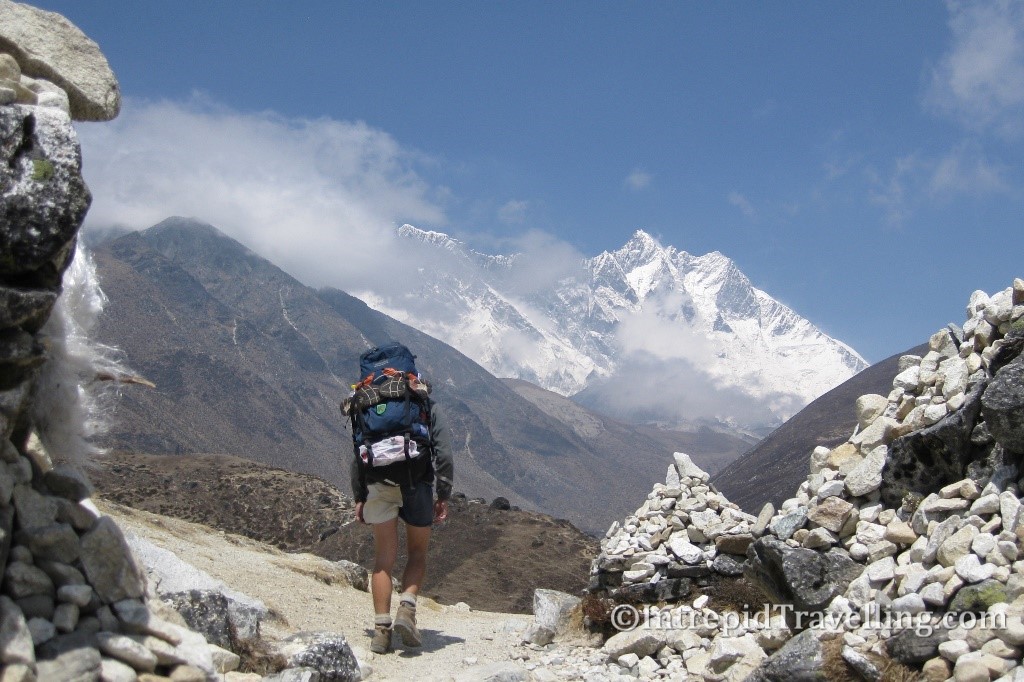
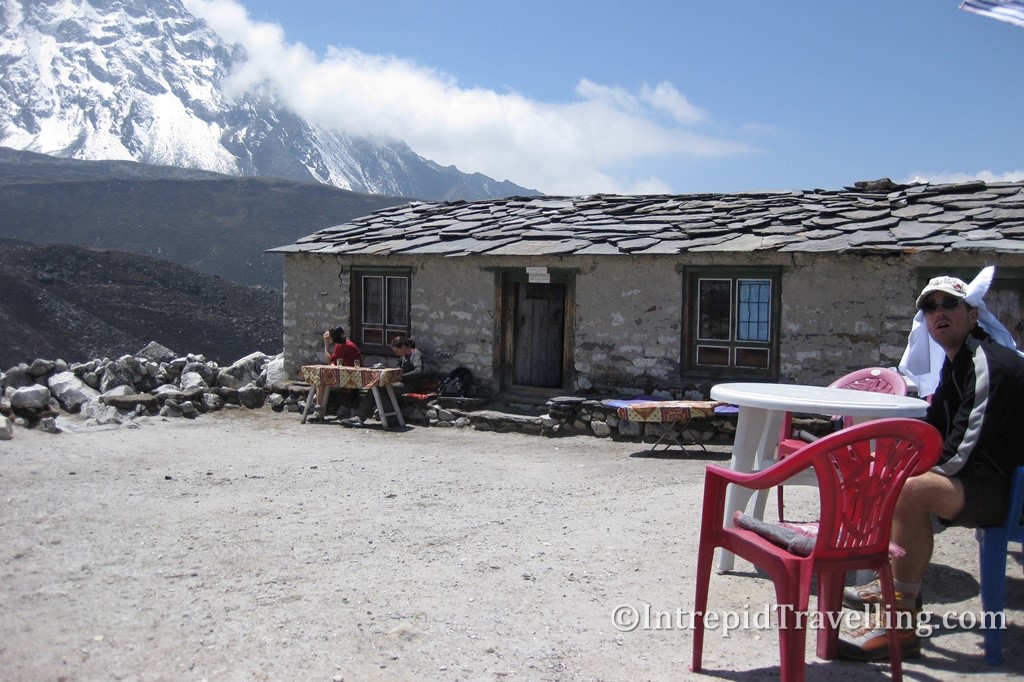
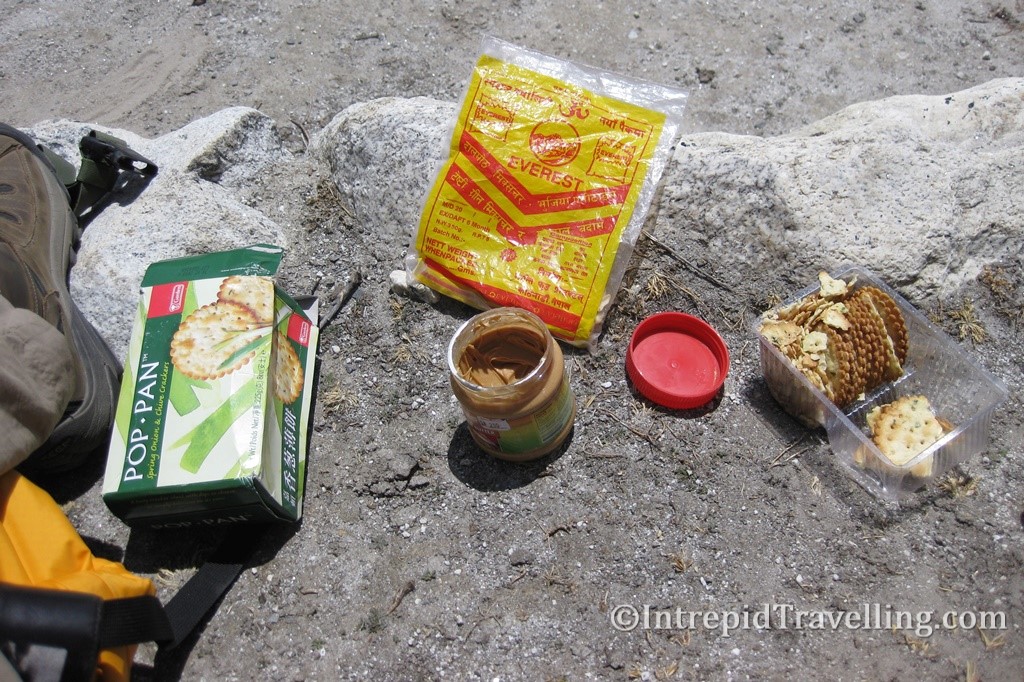
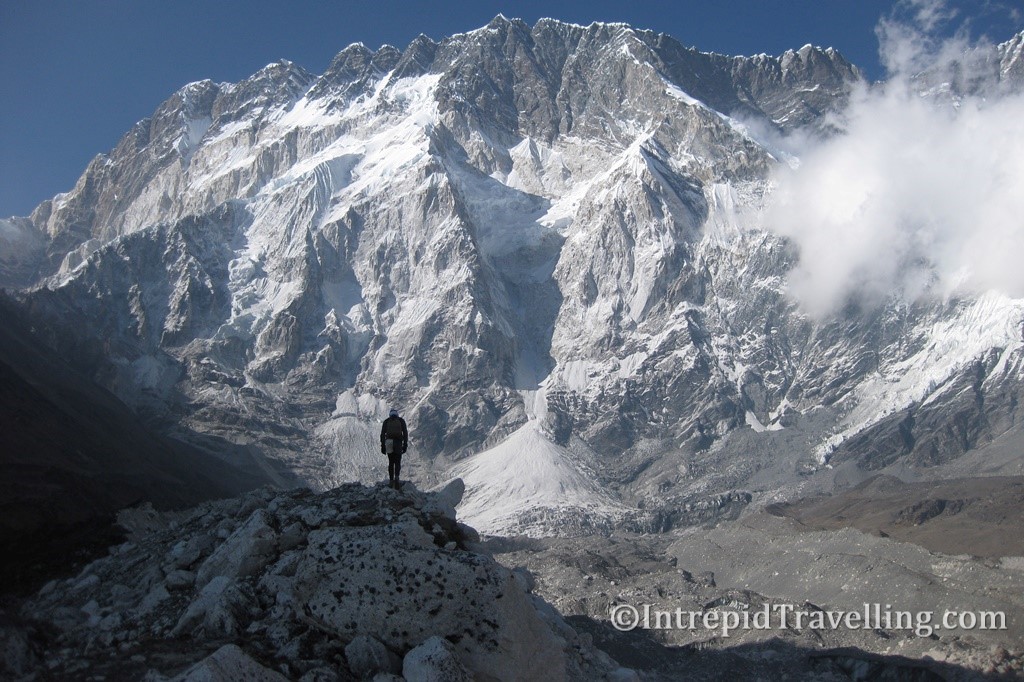
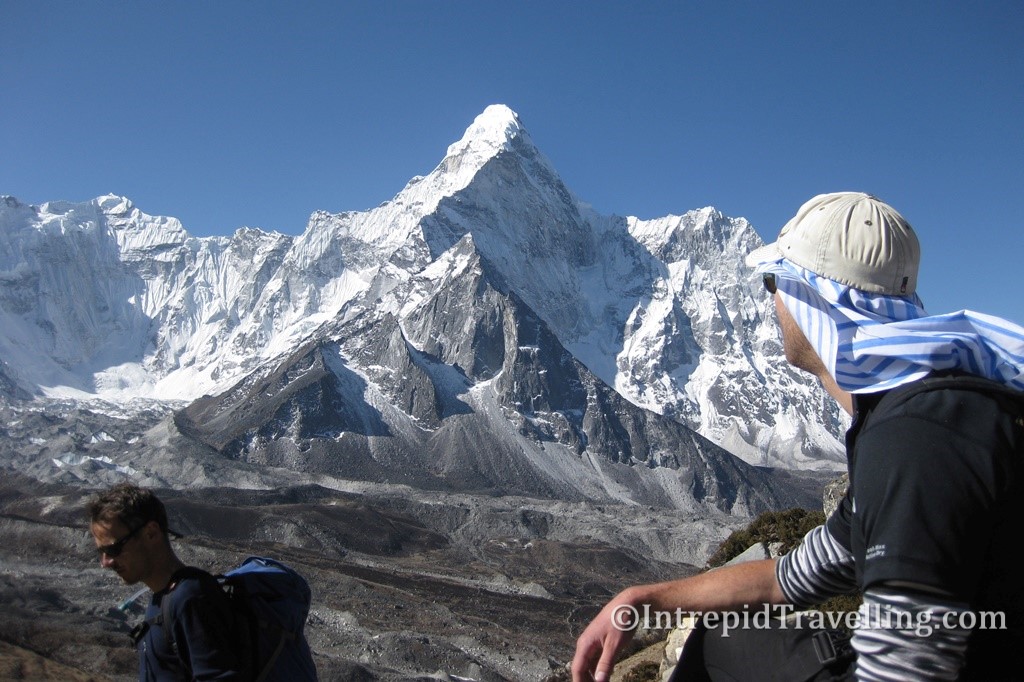

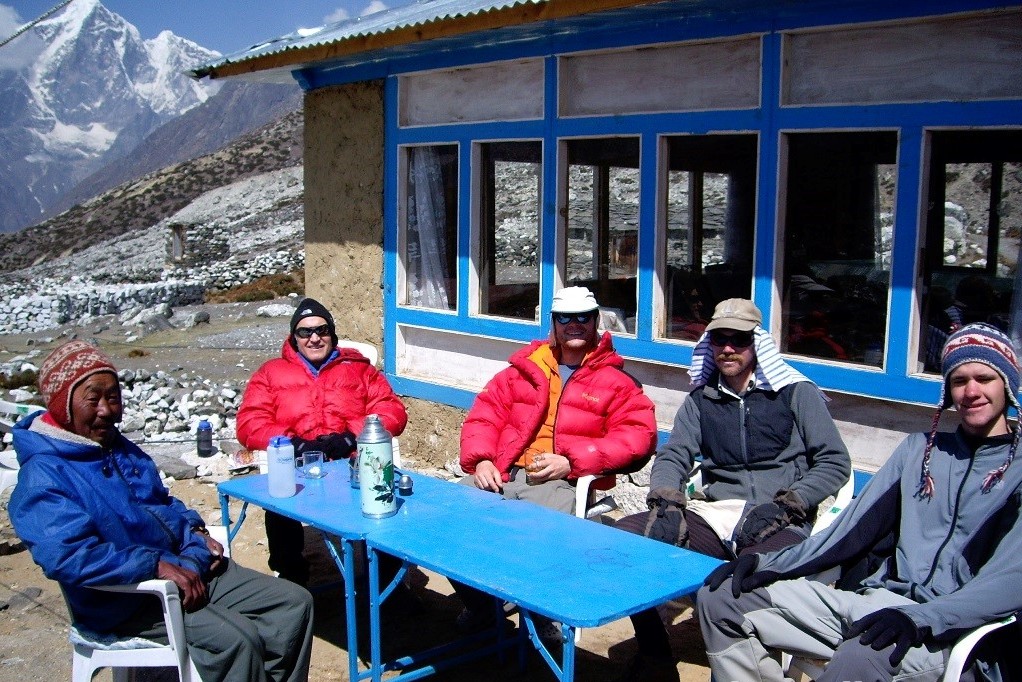
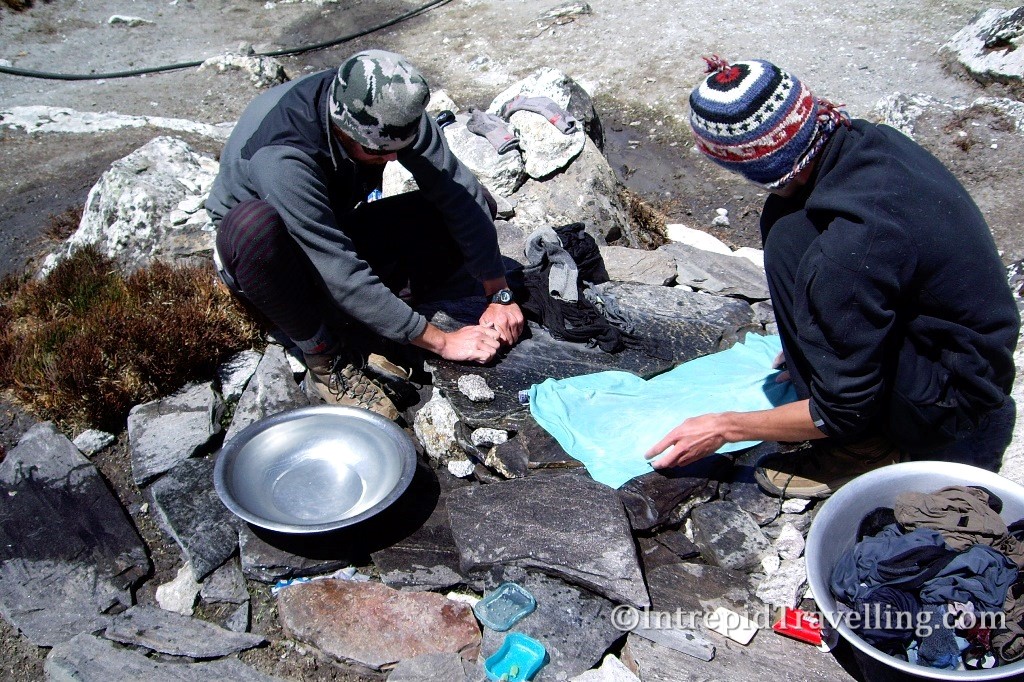
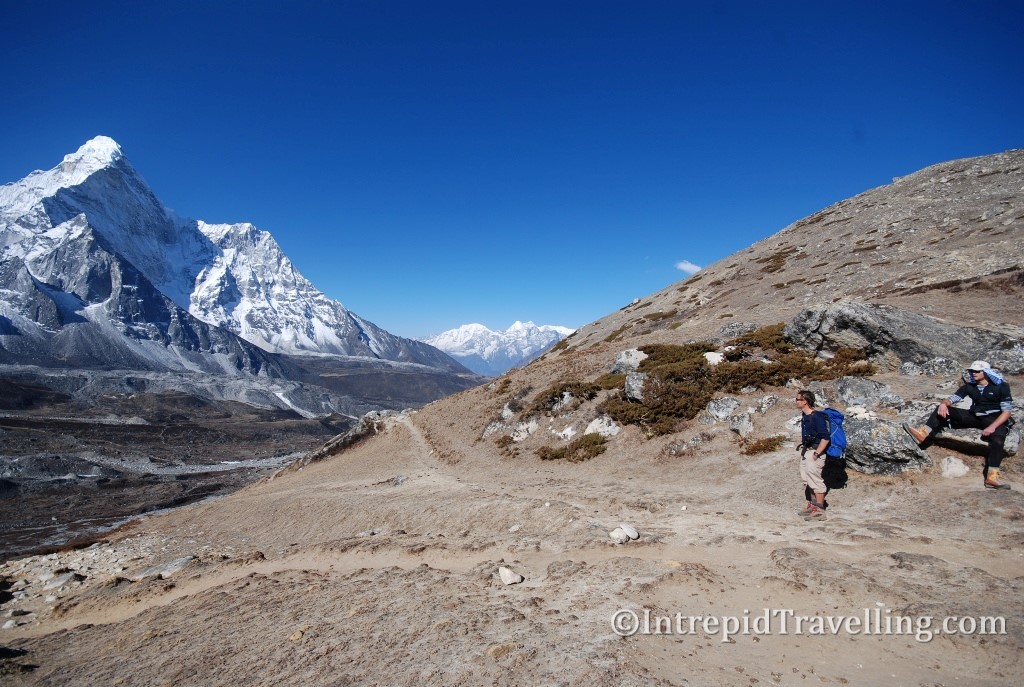
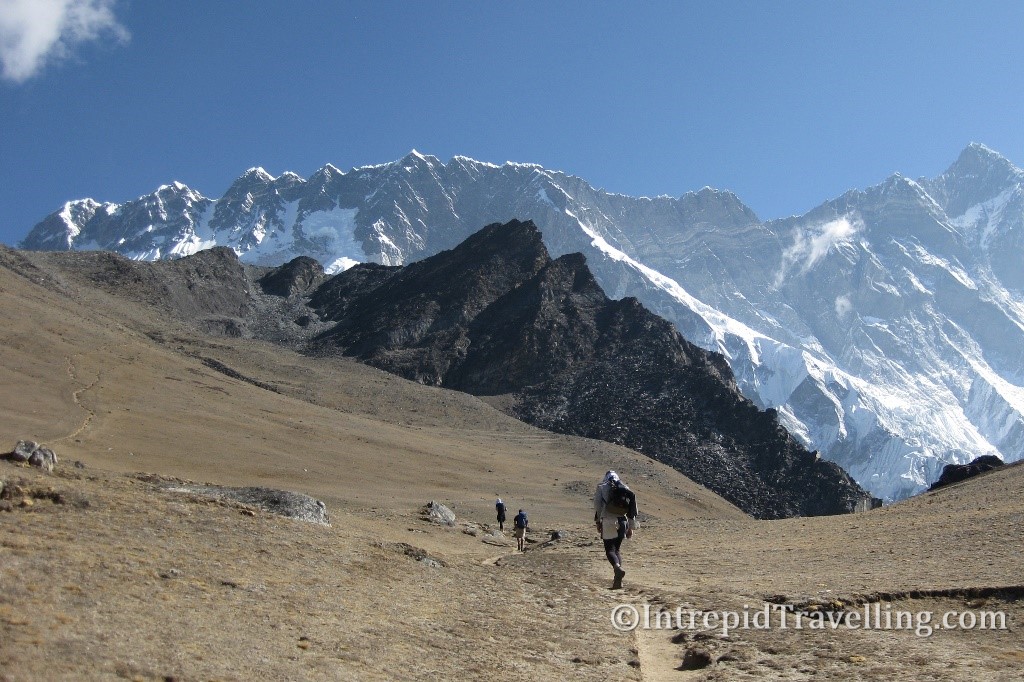
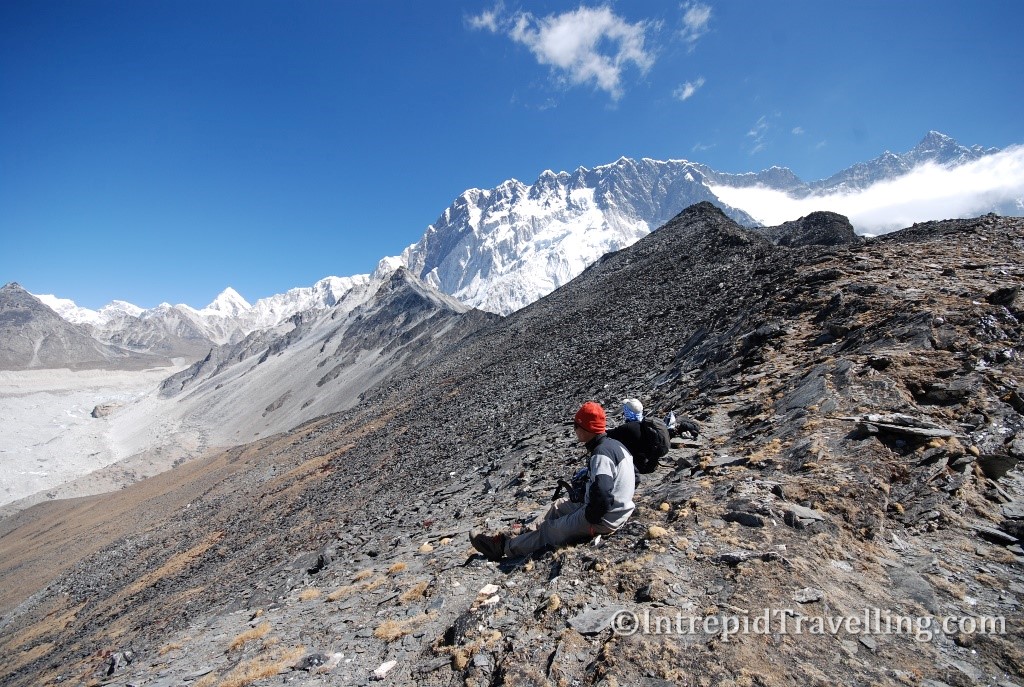
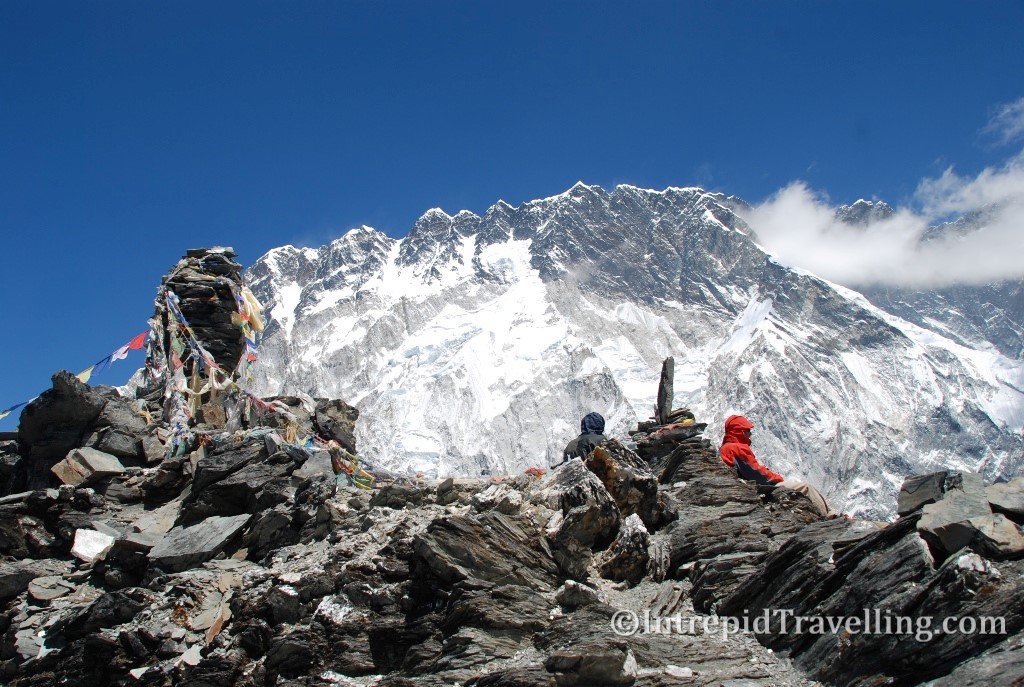
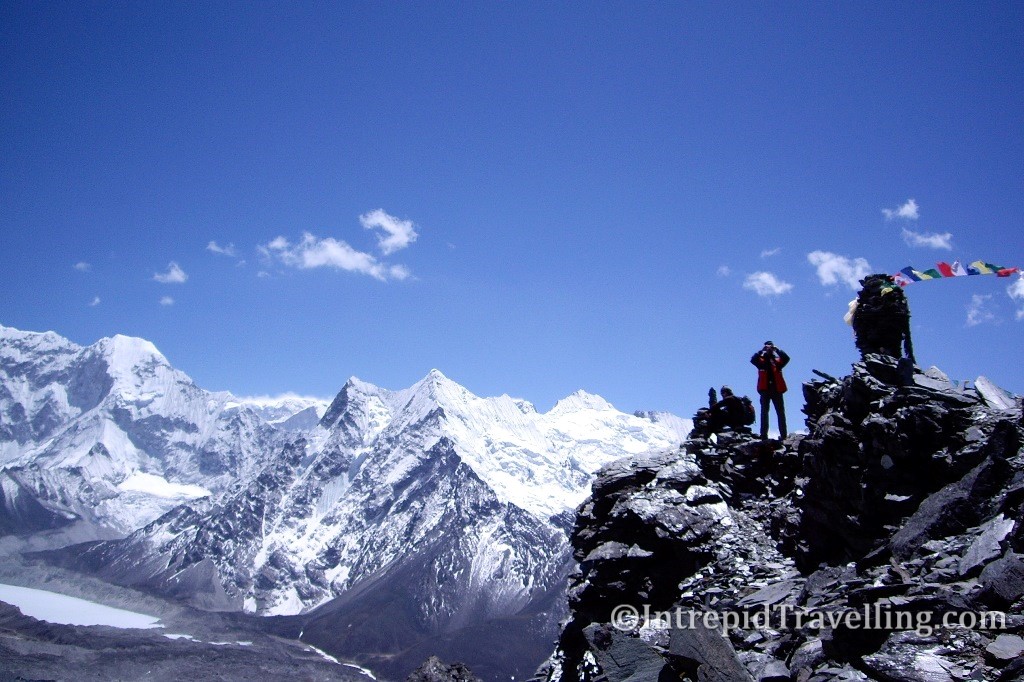
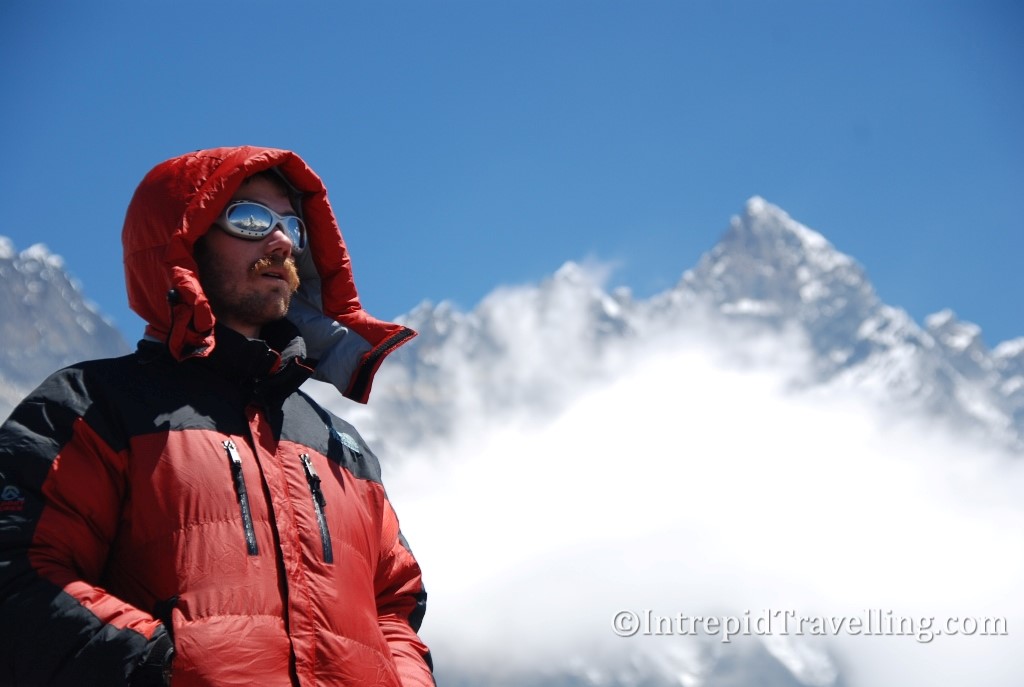
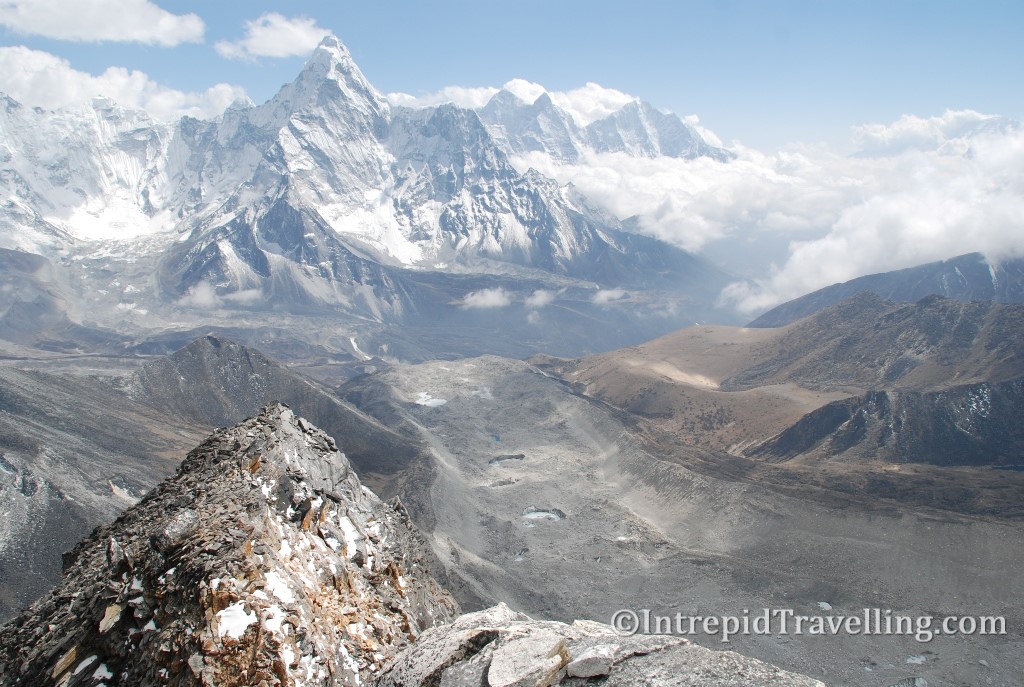
A good day trip in this part of Sagarmatha National Park is the hike up the Lhotse Glacier to witness the awesome sight of the Nuptse-Lhotse Wall. Ideal as part of your acclimatization cycling to high altitudes then descending back down a few hundred meters to Chukhung to sleep that night to avoid altitude induced illnesses (starts with headaches), which can lead to some serious health issues to say the least.
My favourite climb during our time in Chhukhung was to the summit of Chhukhung Ri (5,550m) and Chhukhung (5,833m) which are prominences along a ridgeline that extends down from the Lhotse wall. From the summit of both you can see several of the planets fourteen 8,000m+ peaks, along with many others over 6,000m (to put that in perspective, outside of the Himalayas there are only a handful in South America and only one in North America that are over 6,000m). The view from 19,137 feet of Ama Dablam and the boulder strewn surface of the Nuptse glacier was particularly mind-blowing and the fulfillment of a dream to be amongst the peaks of the high Himalaya. At an altitude of 5,833m the atmospheric pressure (and hence the oxygen content) is slightly less than 50% of that at sea level, making the climb breath-taking for several reasons.
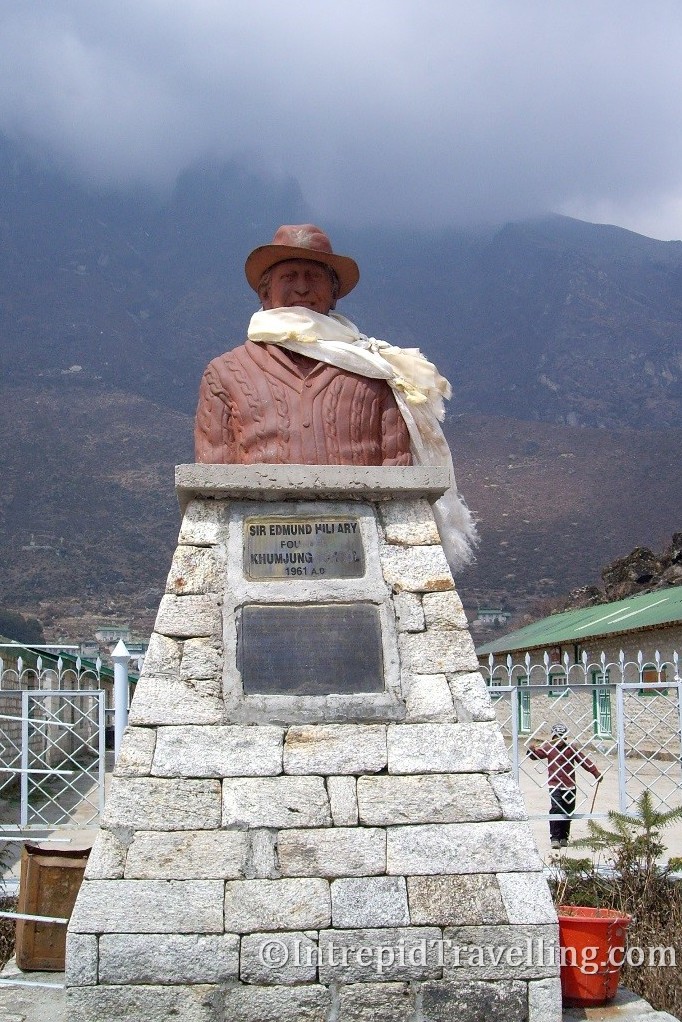
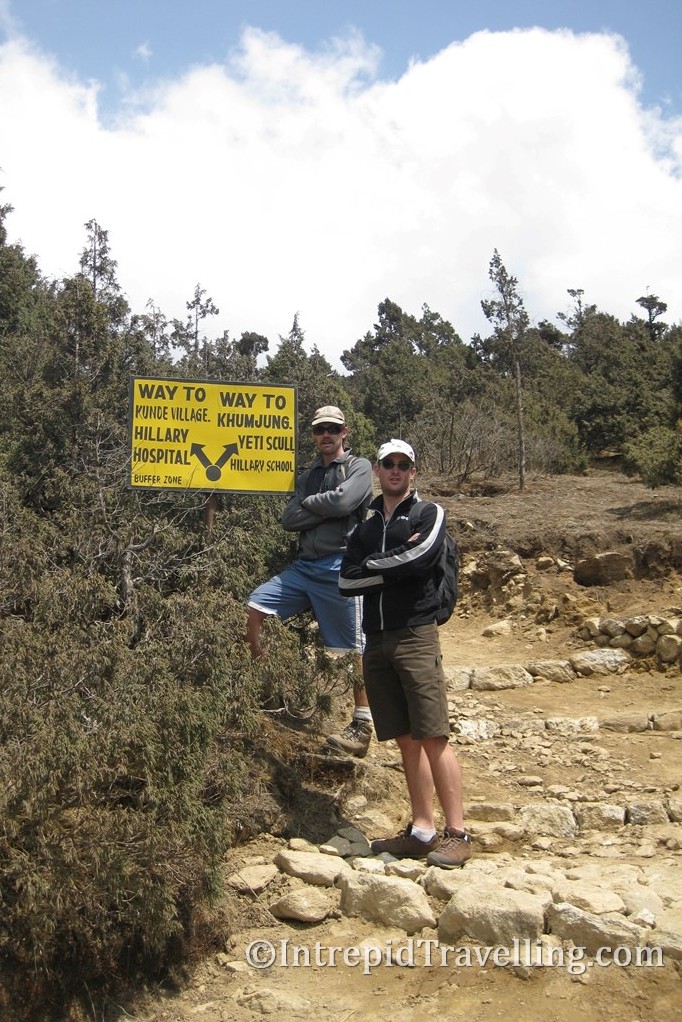
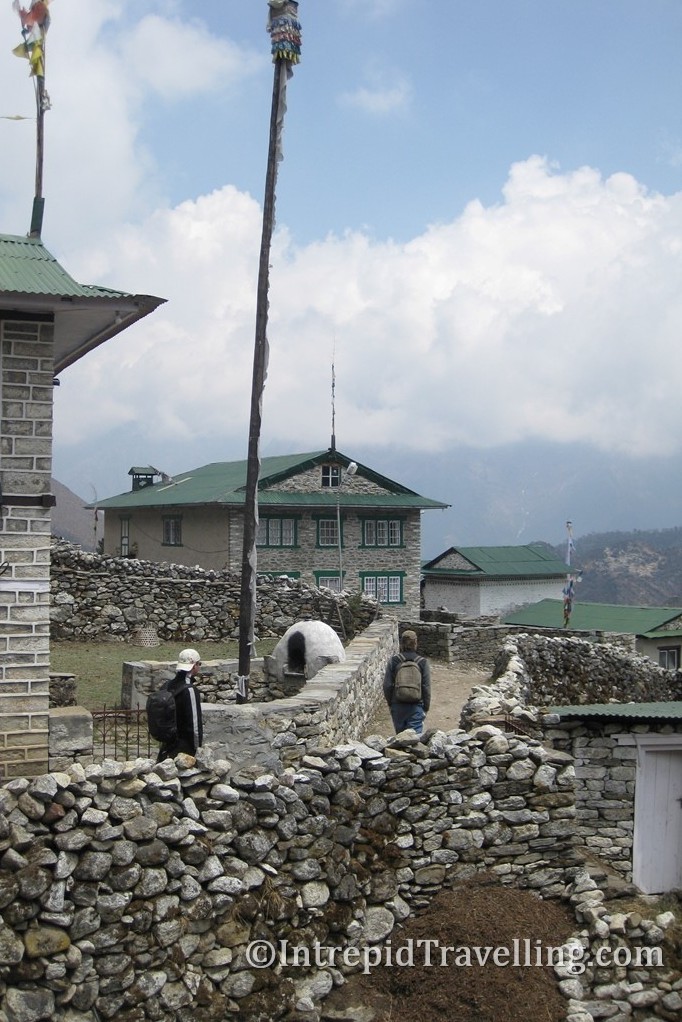
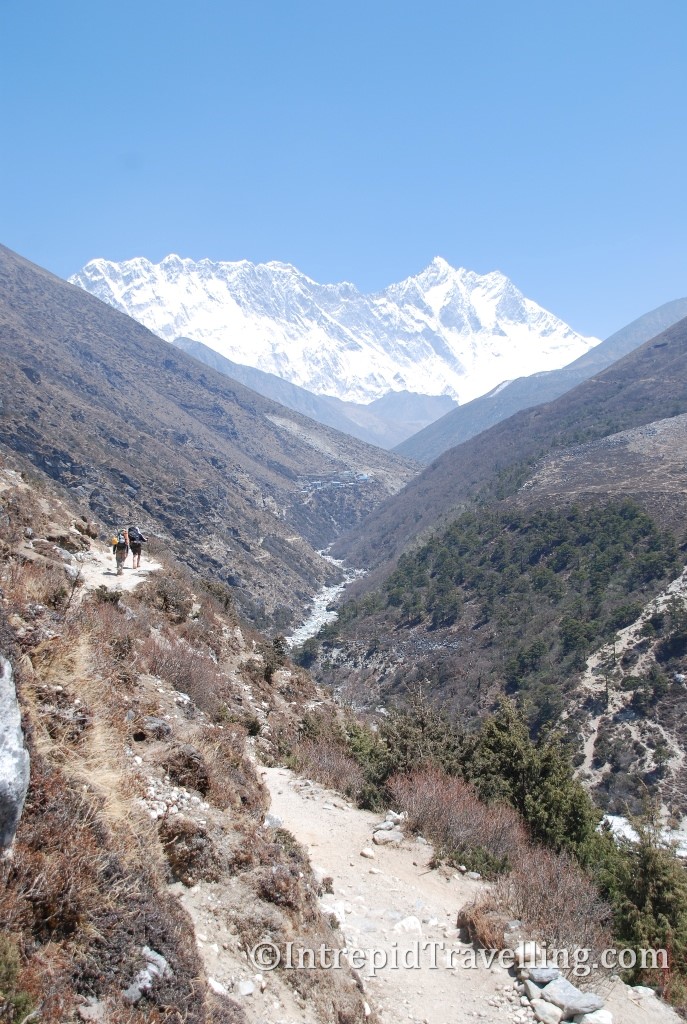
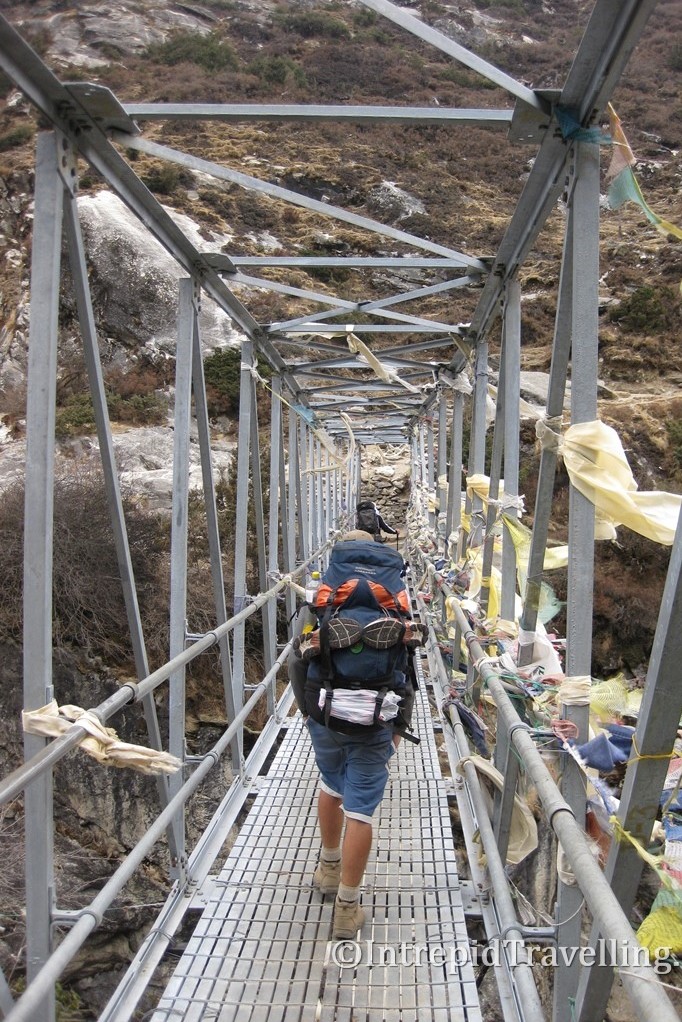
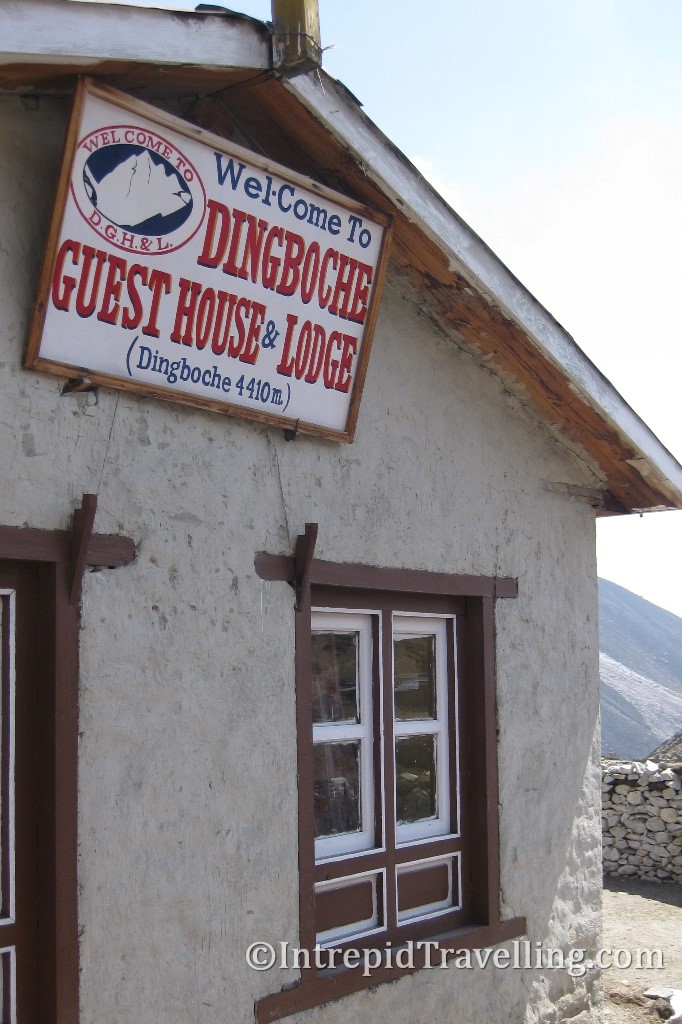
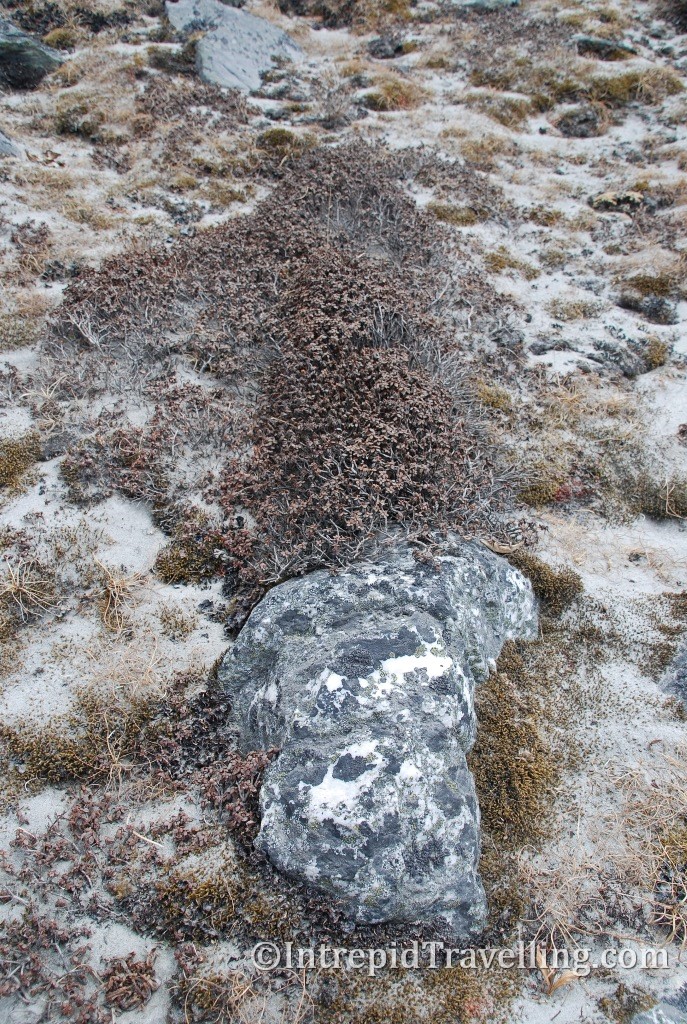
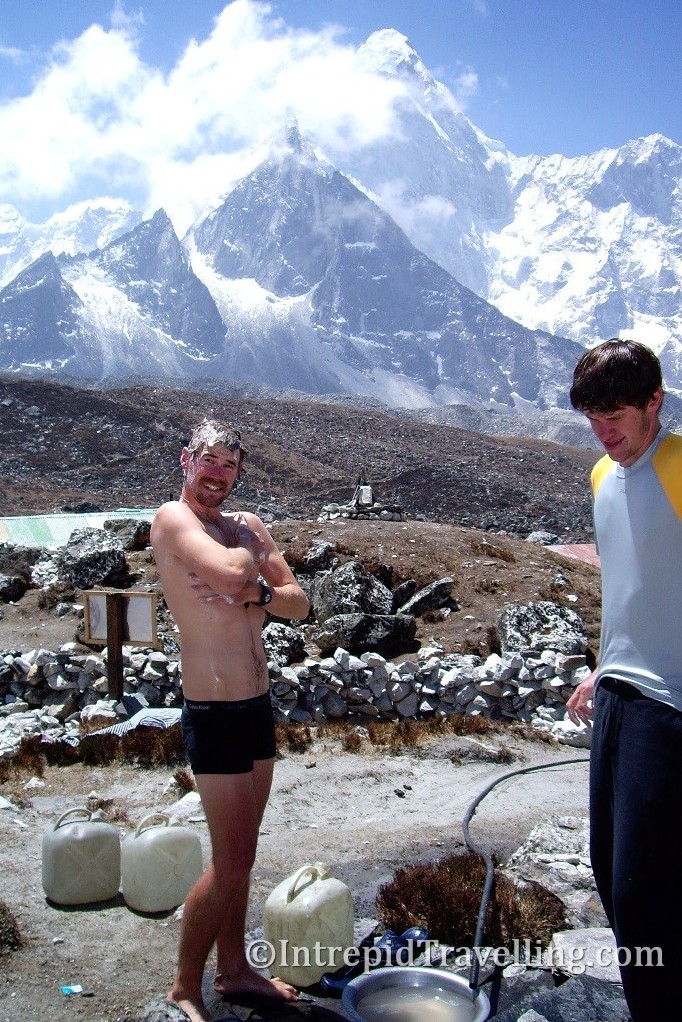
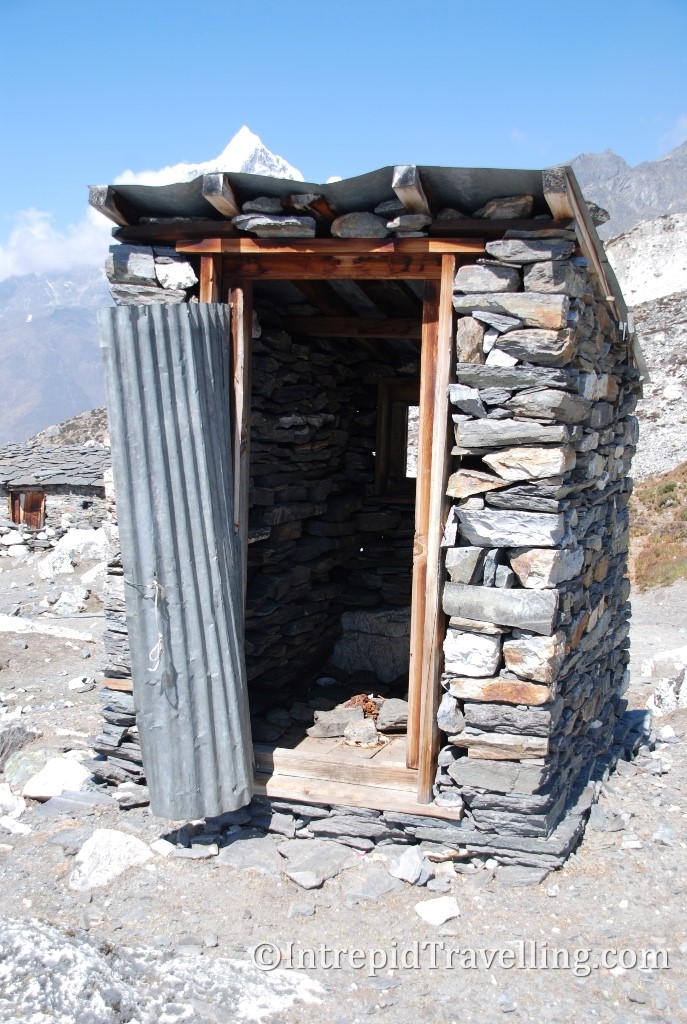
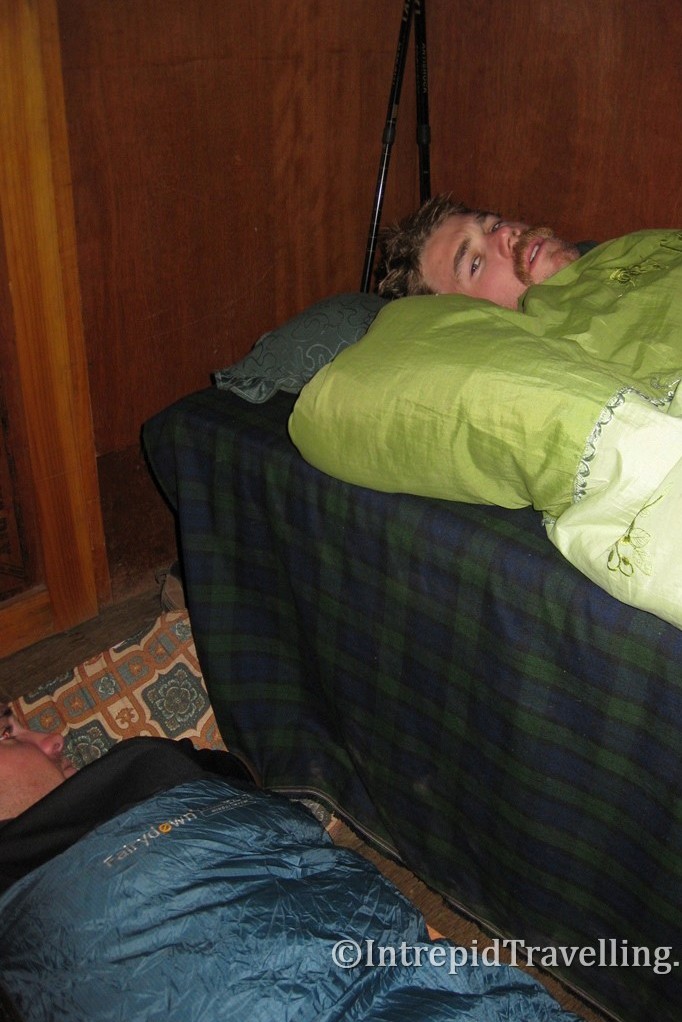
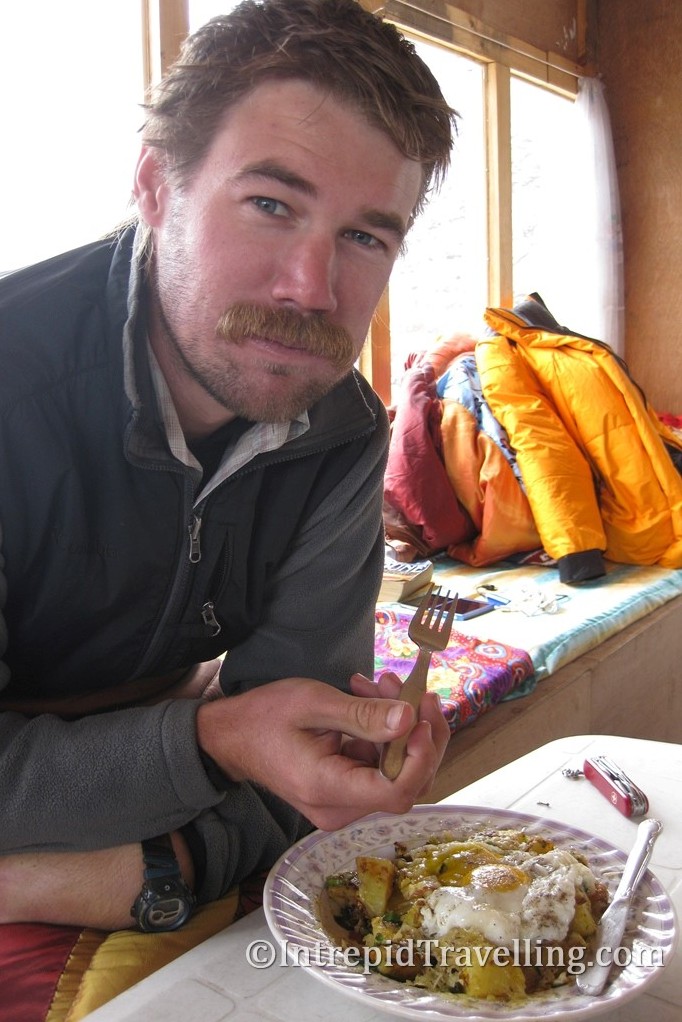
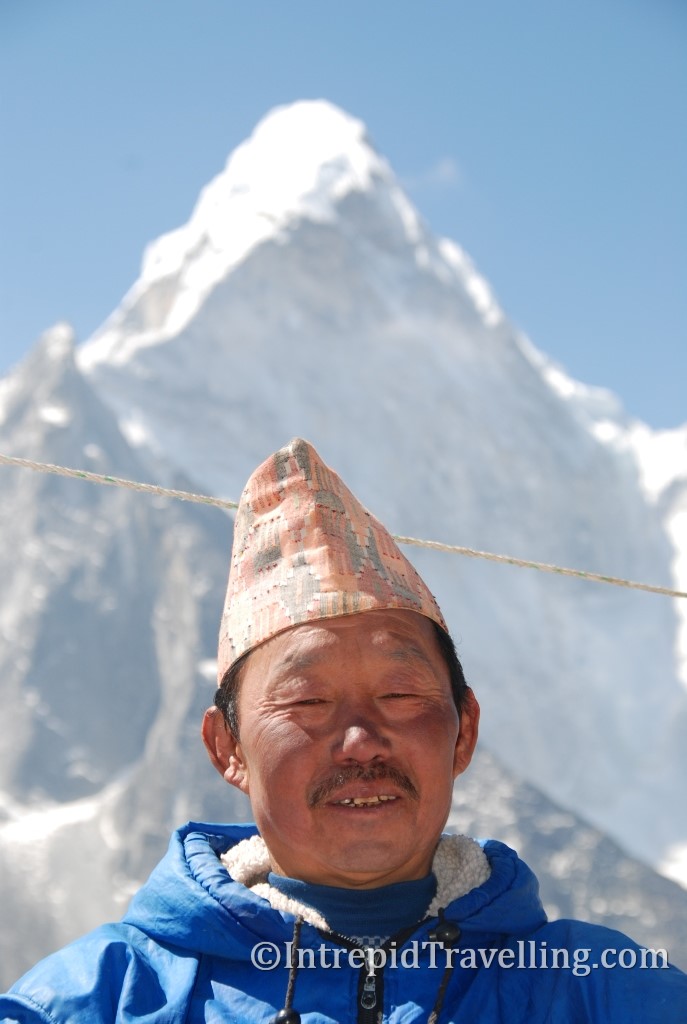
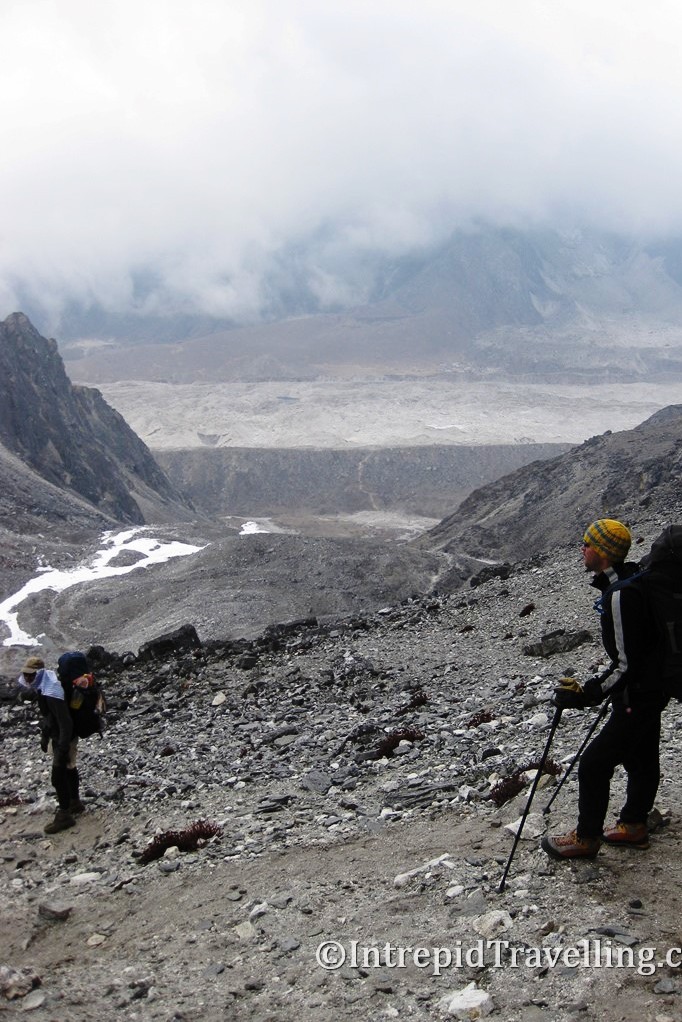
A final recommendation for day trips if you’re basing yourself in Chhukhung is further up the valley to Pareshaya Gyab near Island Peak (a popular climb for mountaineers preparing for Mount Everest) and finally a light day trip across to Chhukhung Glacier at the base of the Ama Dablam – Ombigalcham wall.
We were also lucky enough to meet a couple Canadians who stayed with us, Chris and Sam, who were in the region climbing and acclimatizing for their Mt Everest assault a few weeks later. Dangerously inspiring to hear about the ins and out of high altitude climbing… Back in reality, even though you’re in a climber paradise, you can’t escape the chores of washing. Seeing there is next to no electricity in these remotes areas we would use stones, soap and luke warm water – making the best of what you’ve got. The sun maybe shinning but it was the coldest wash (overnight at these altitudes the temperatures drop to below zero in April) I’ve ever had; as a result it was the second and last wash I had on the entire trip! Being clean in the wilderness just wasn’t worth the effort.
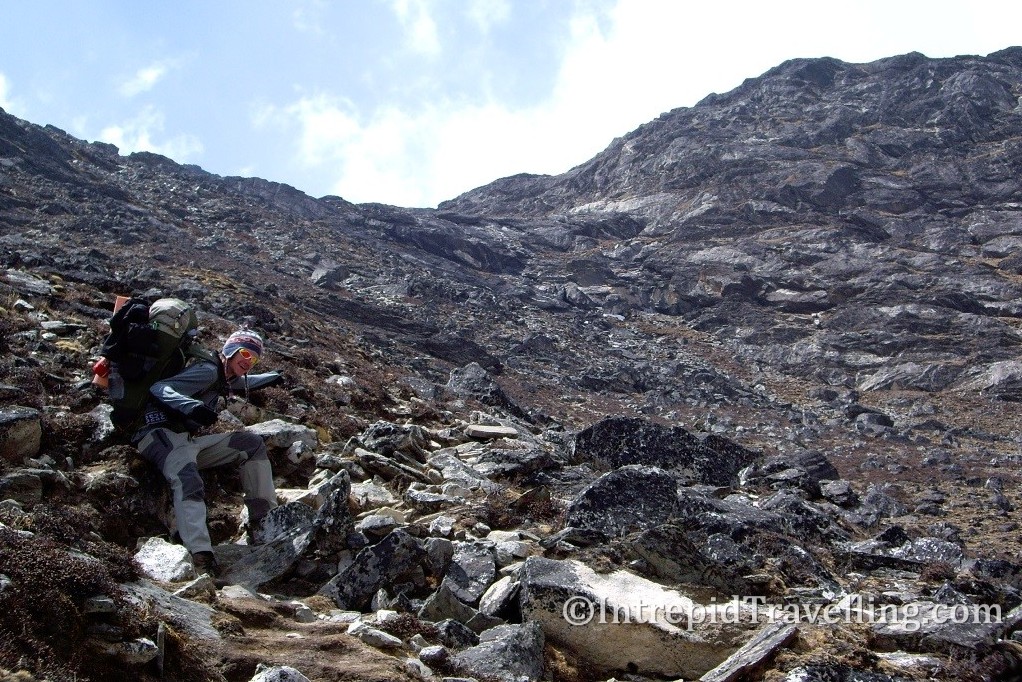
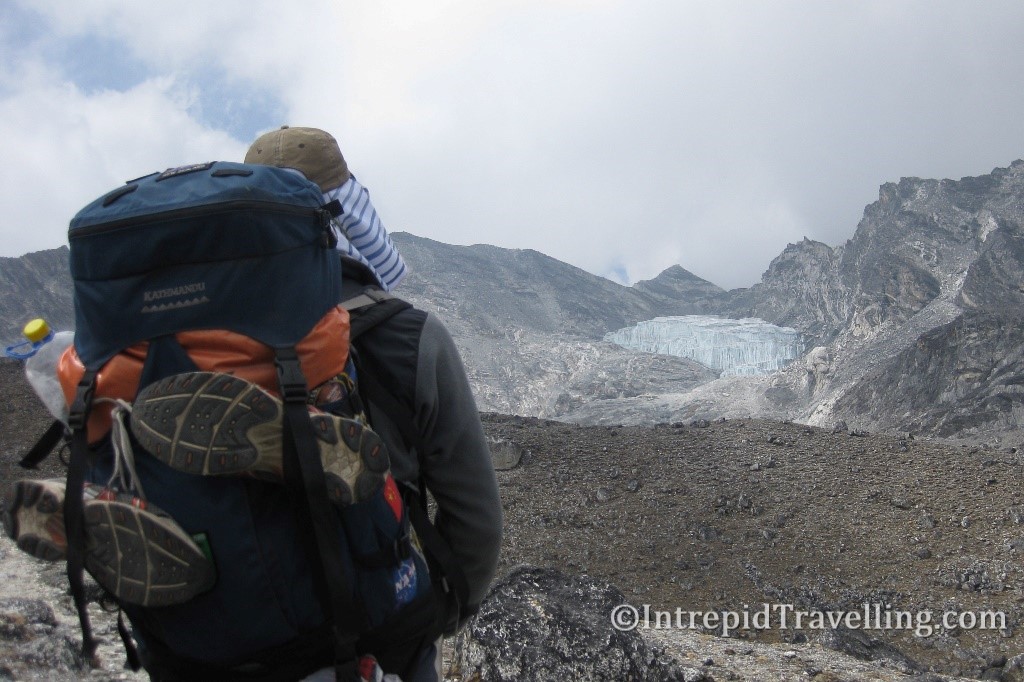
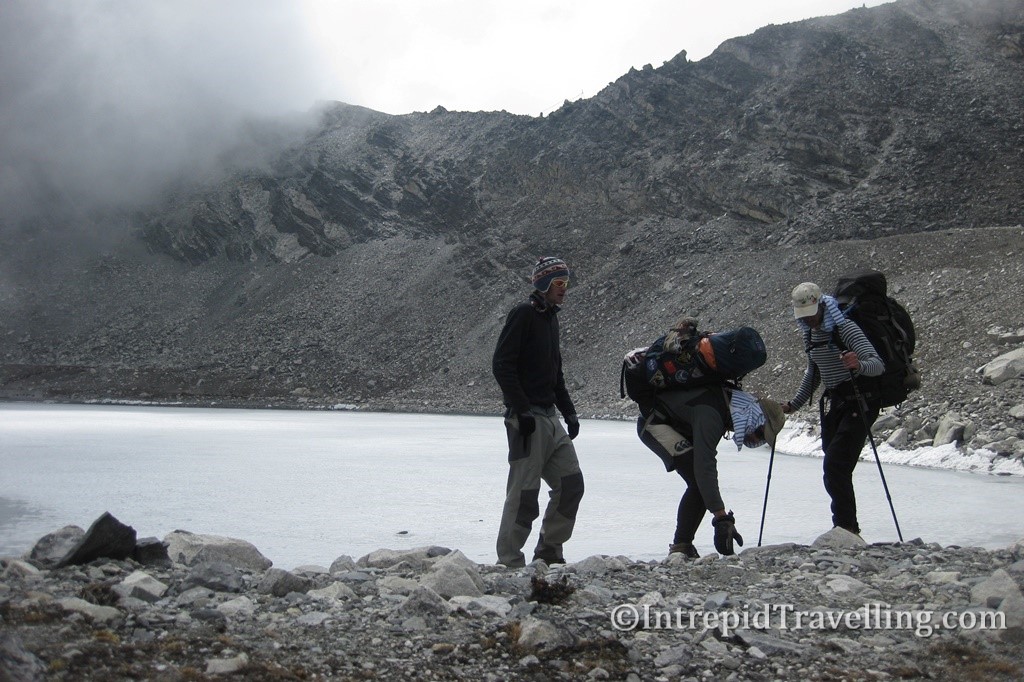
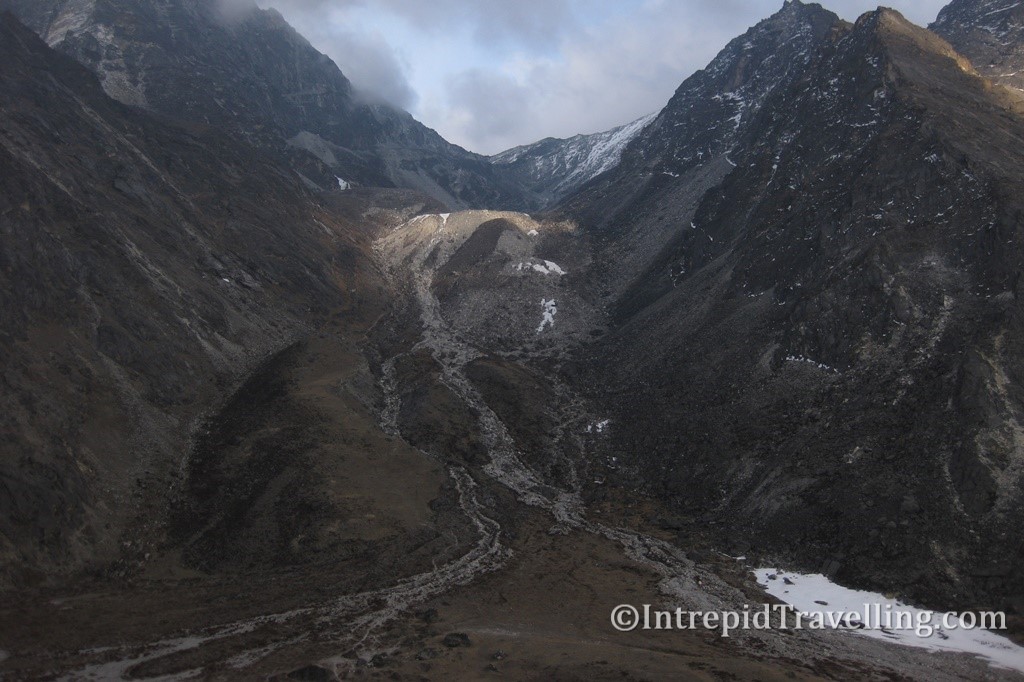
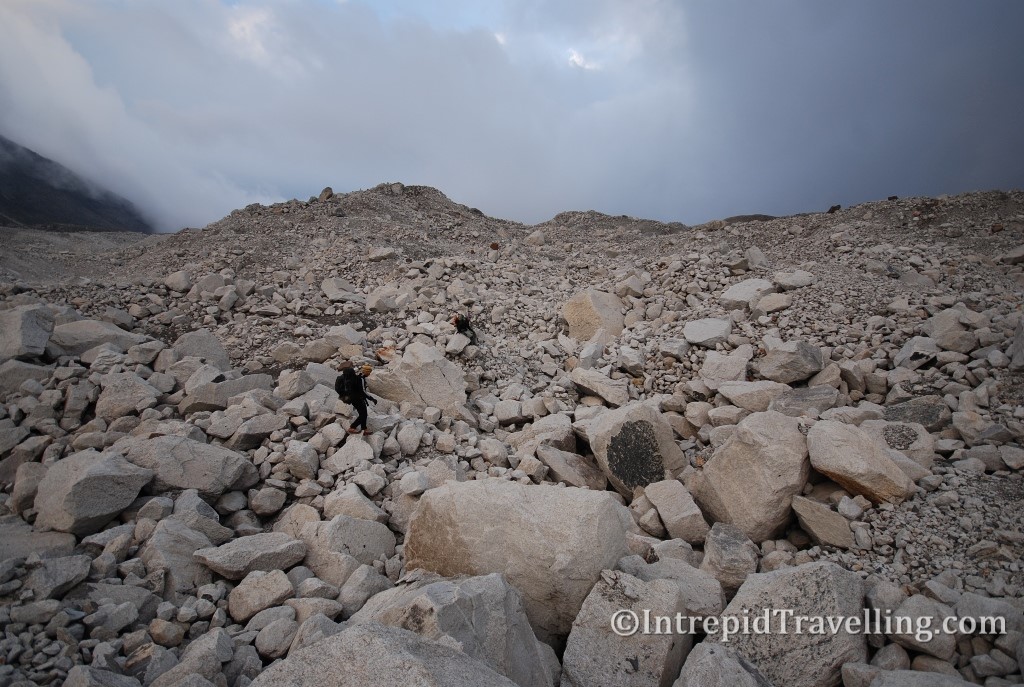
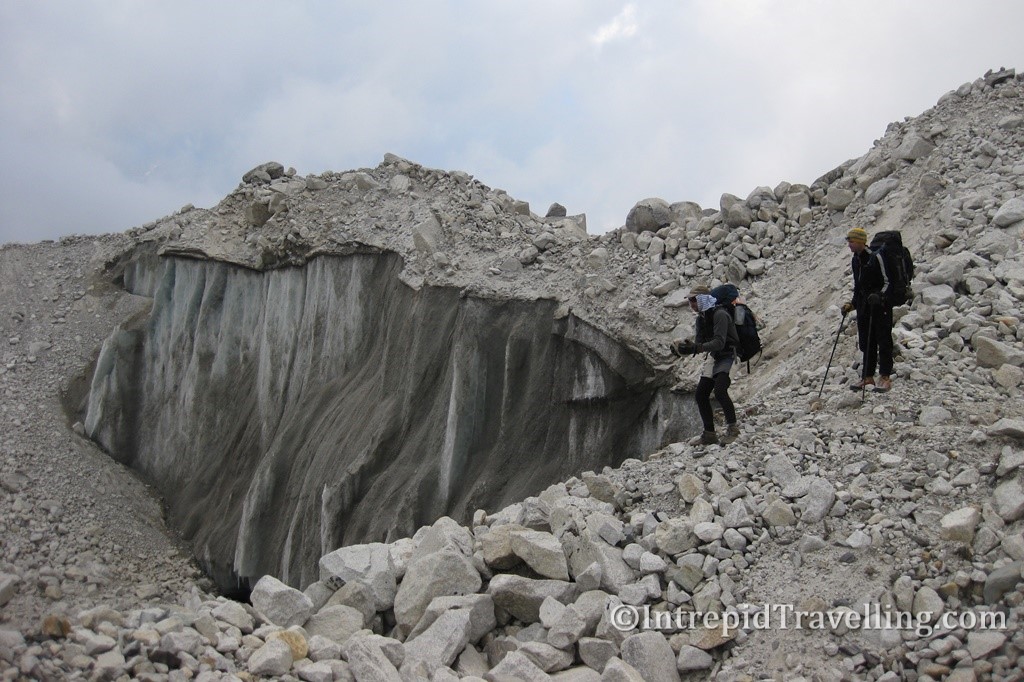
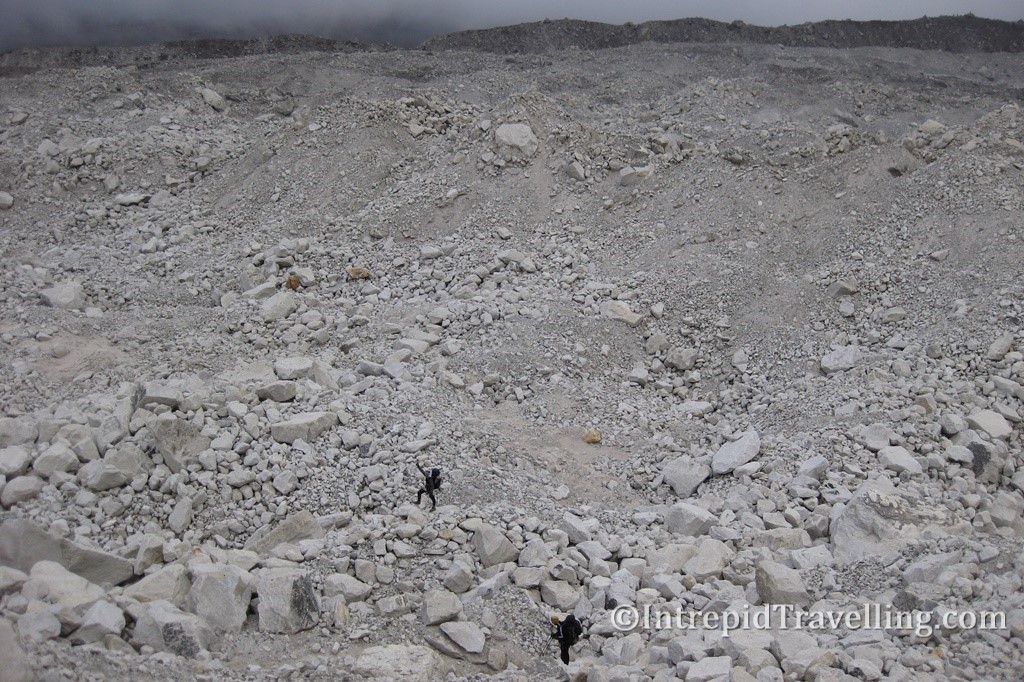
Alas, our time in Chhukhung and the Makalu Lodge had to come to an end and our quest to reach the Everest Base Camp needed to continue. Somewhere along the line the three of us got the feeling we were apart of the Lord of the Rings, on some sort of epic fellowship across Middle Earth to Mordor/Mt Doom (Everest). The similarities we encountered and smack talk was cause for numerous laughs. Gollum (Straun), would climb ahead and point and show us (Frodo and Samwise) the way at Minus Morgul aka the Kongma La Pass, our next big challenge. “Come on hobbits, this way”.
The Kongma La Pass represents the gateway to the Khumbu valley and after the 600m decent from the pass, we would have to cross the Khumbu Glacier to complete our toughest day – a buggering eight hours of climbing and scrambling.

